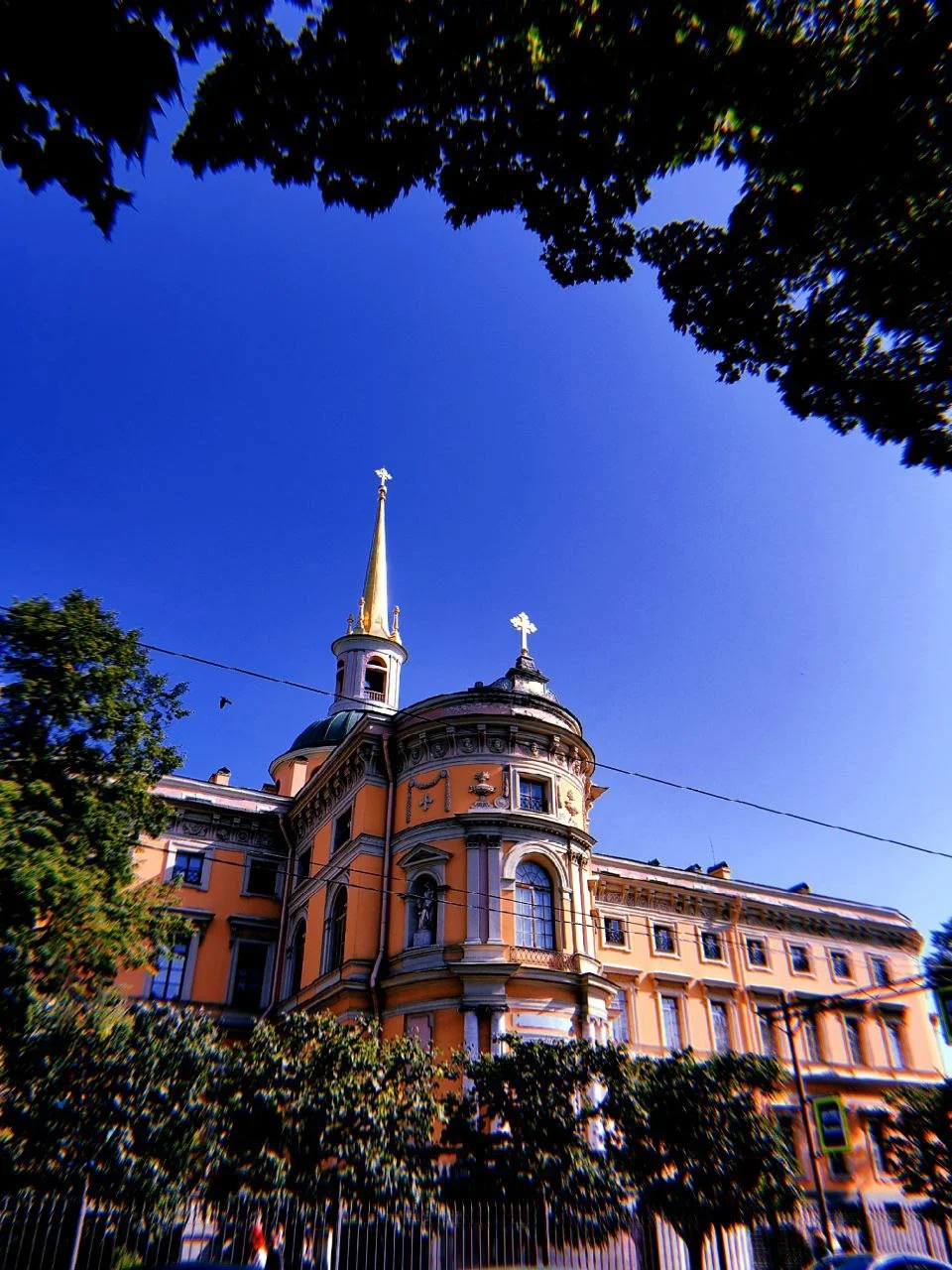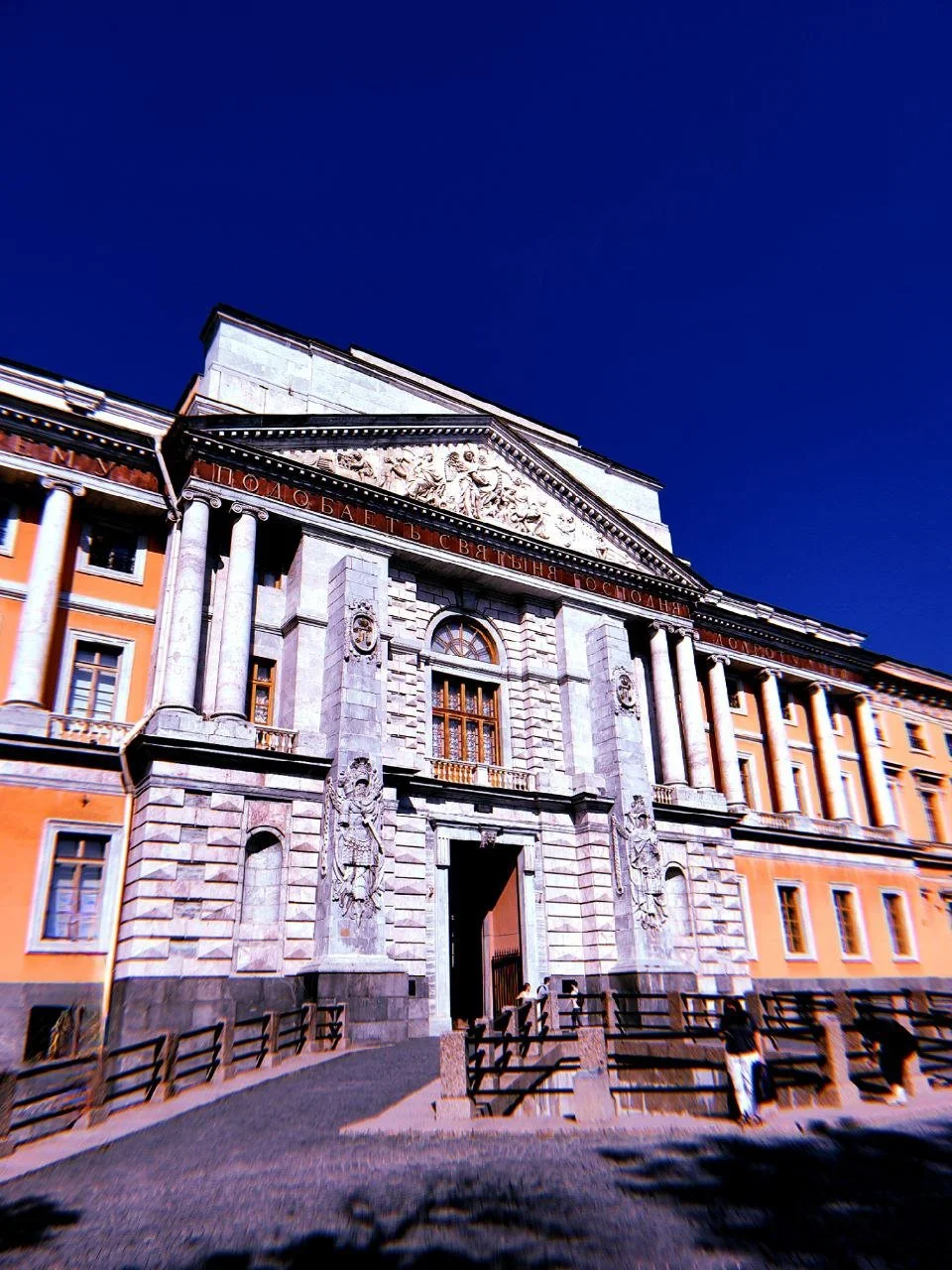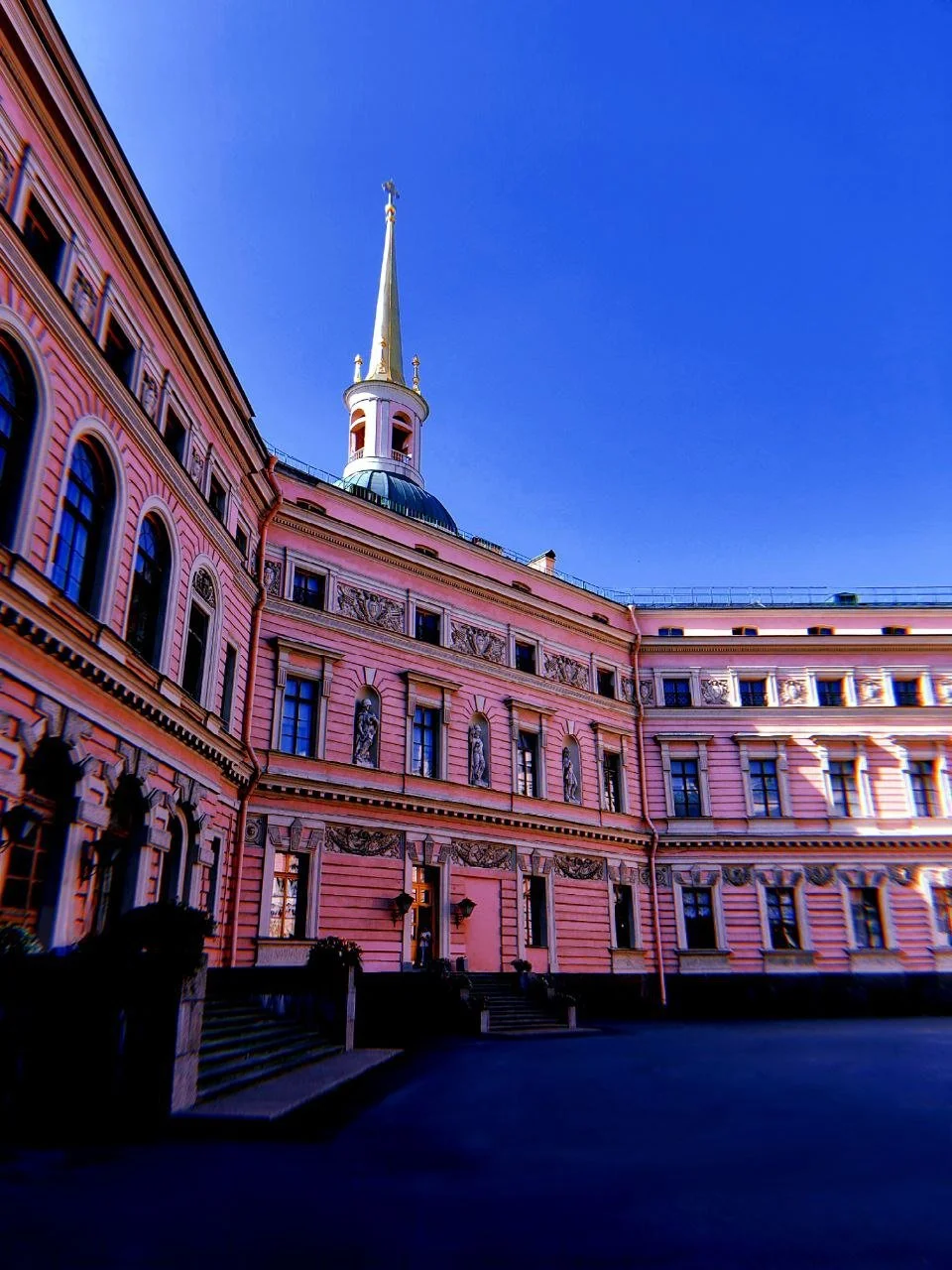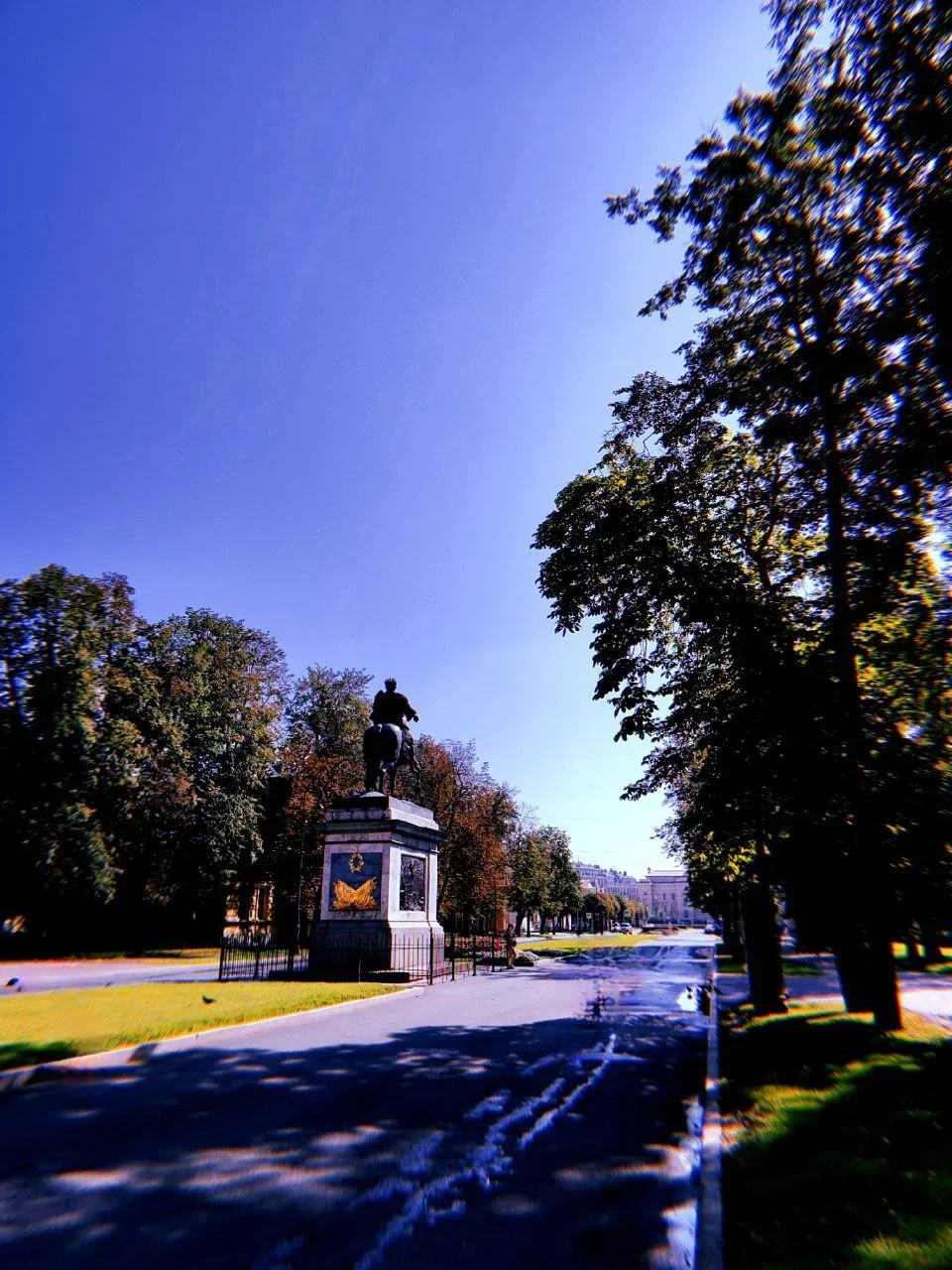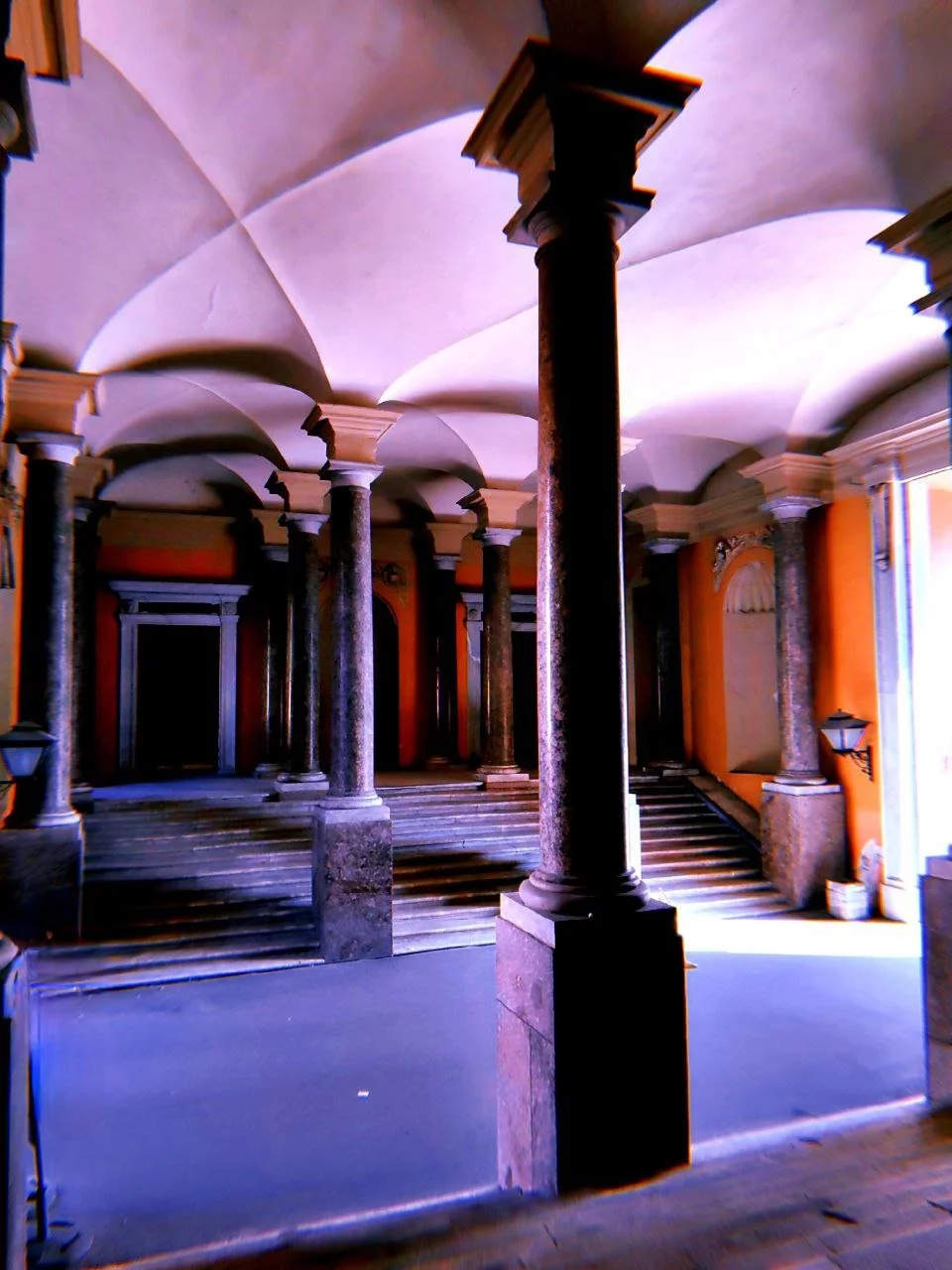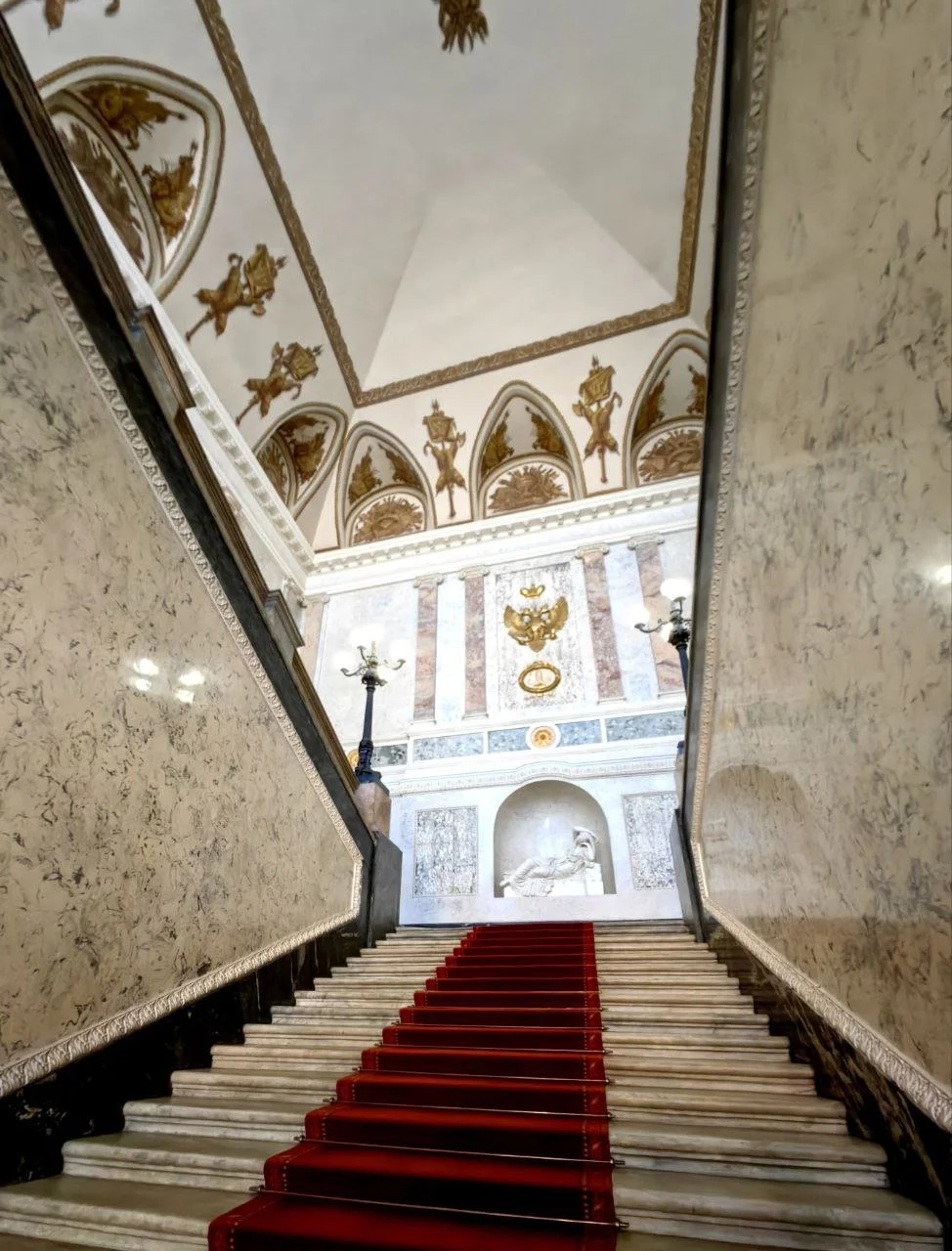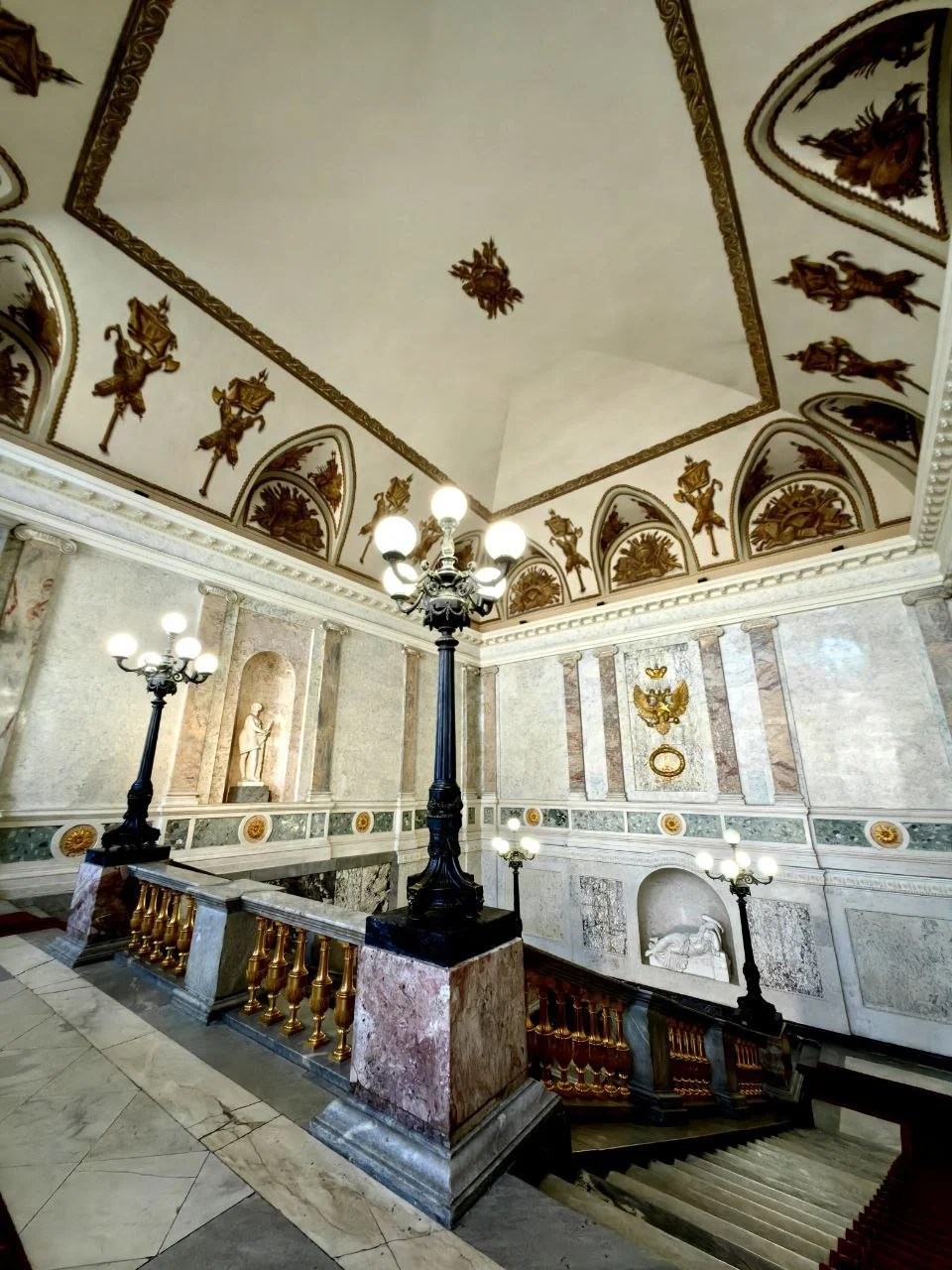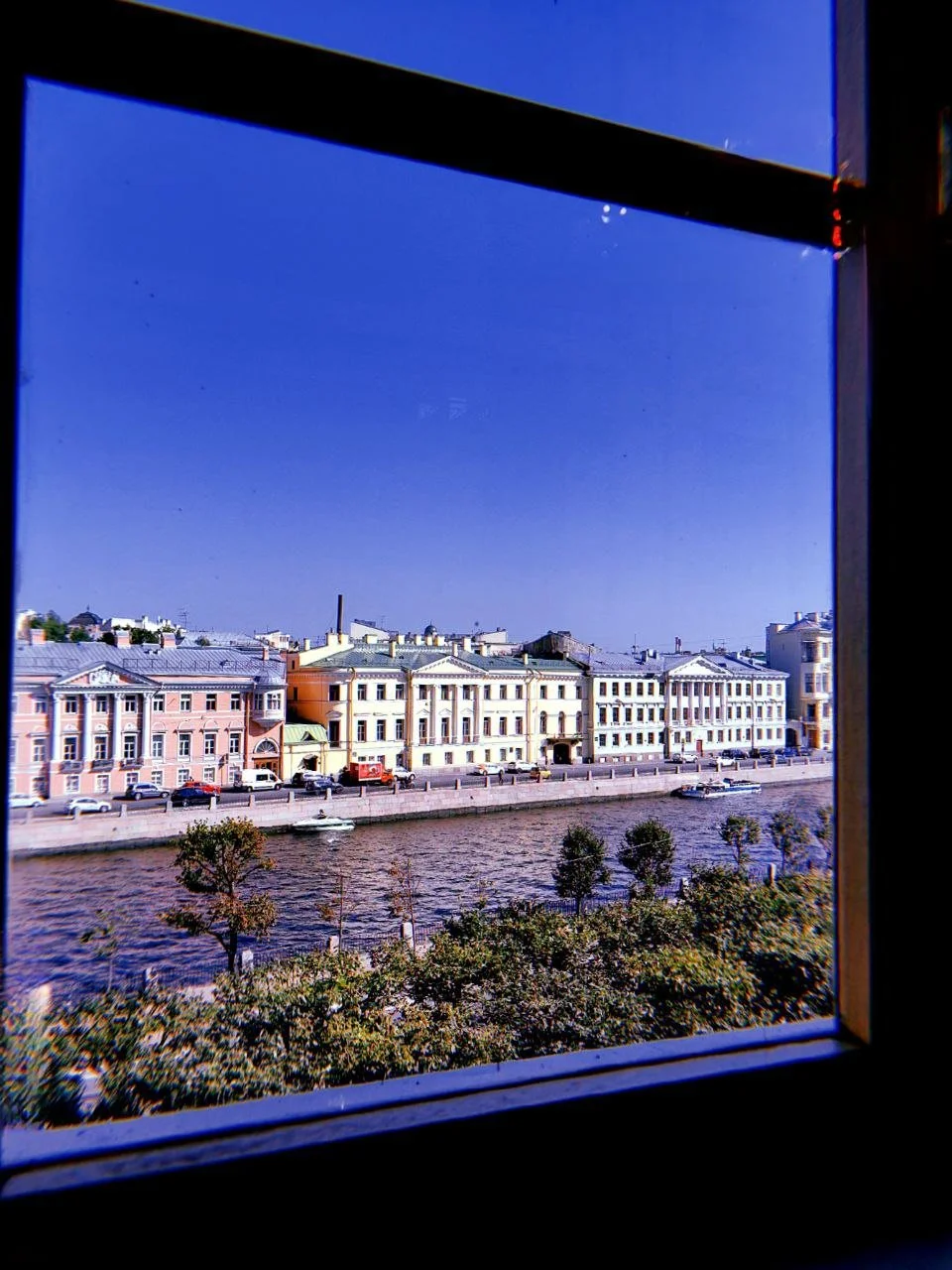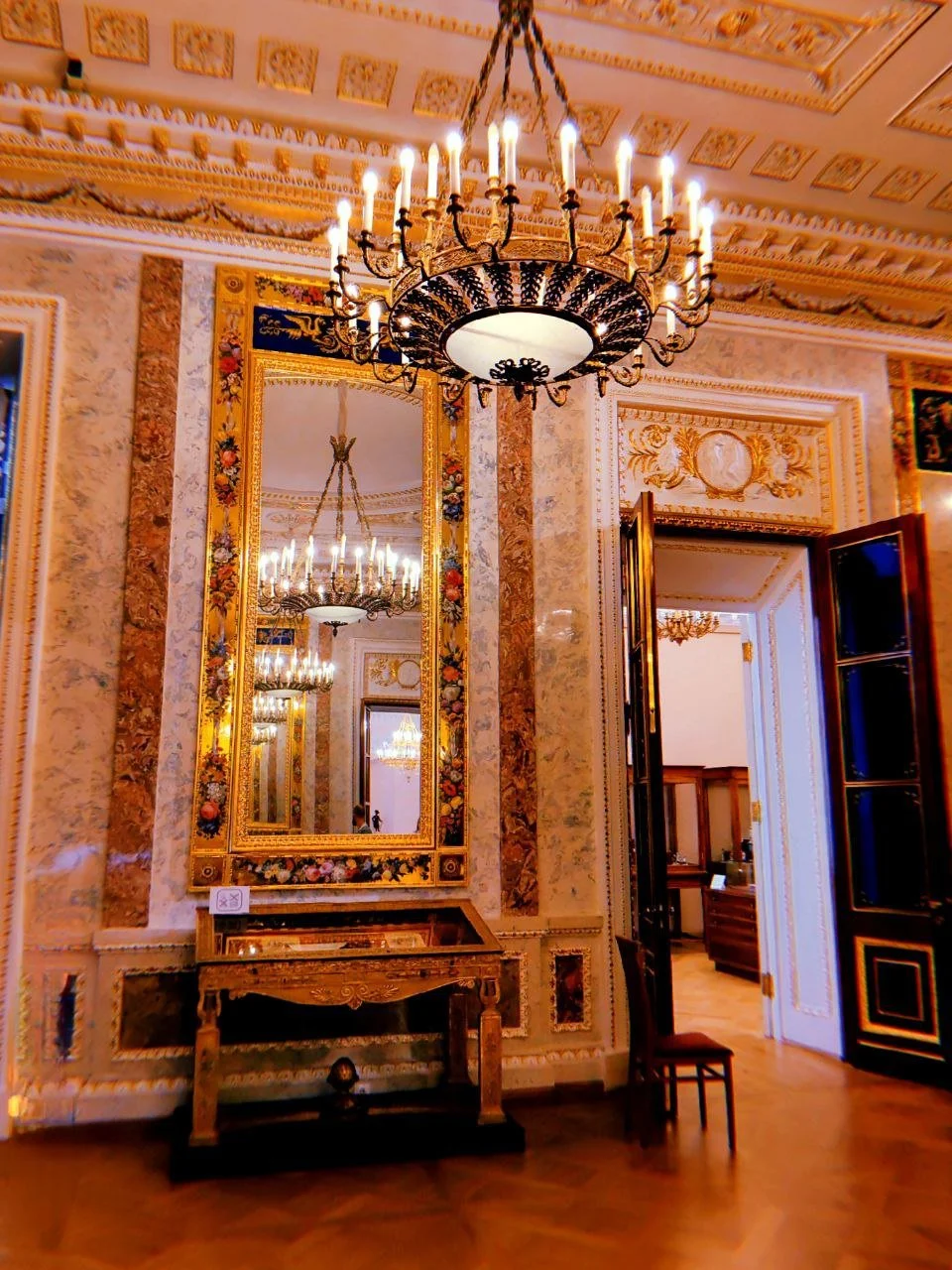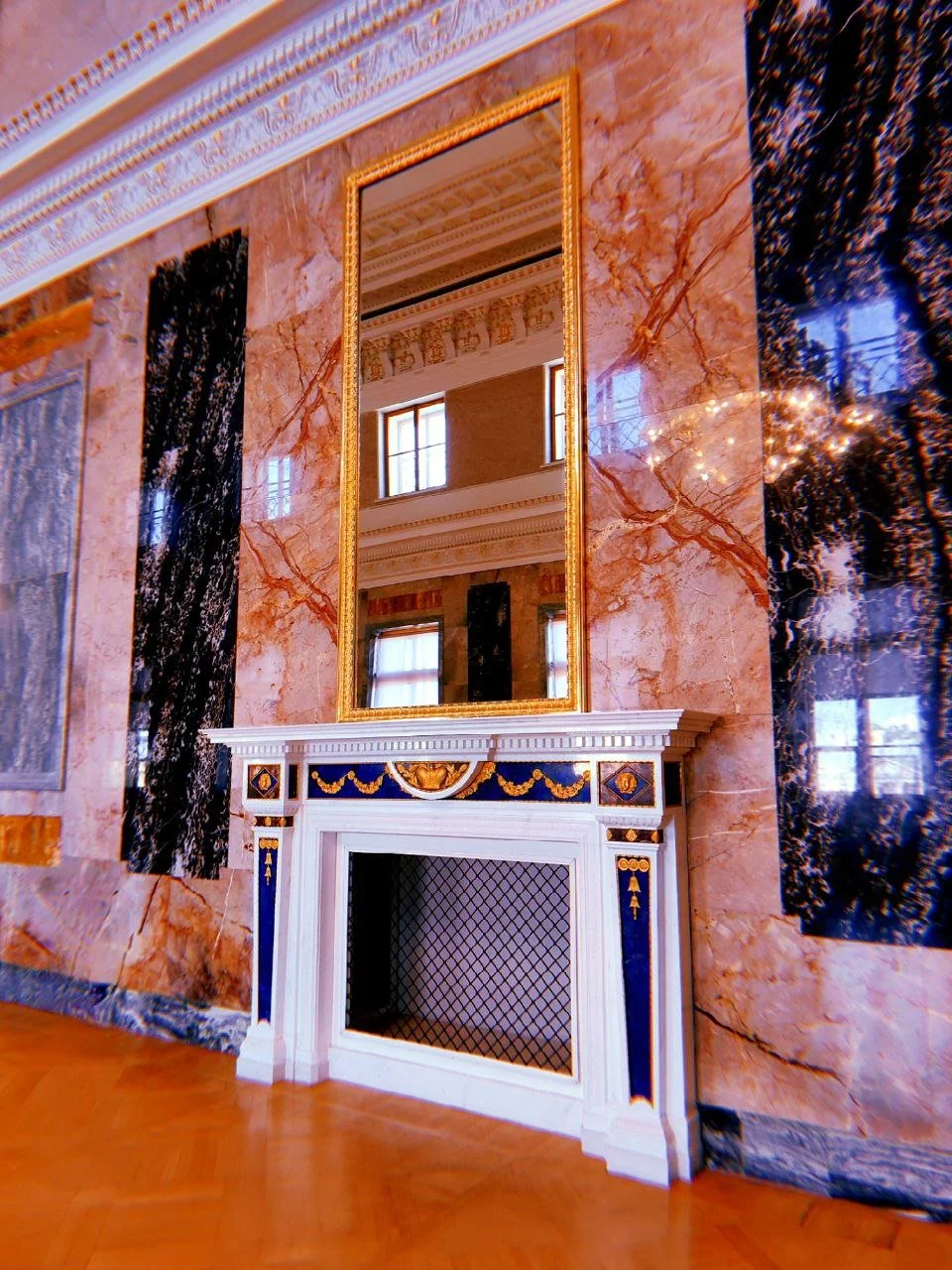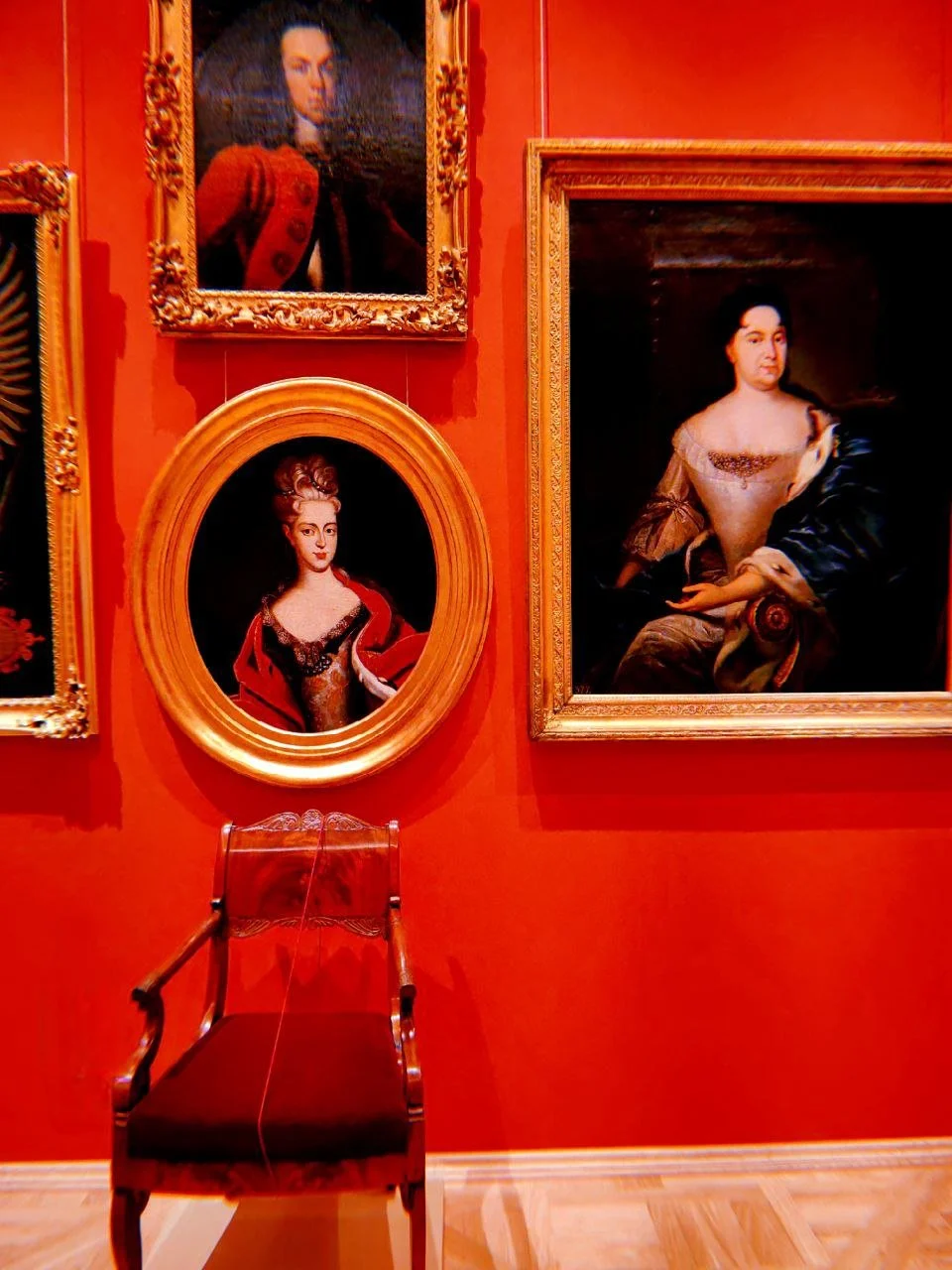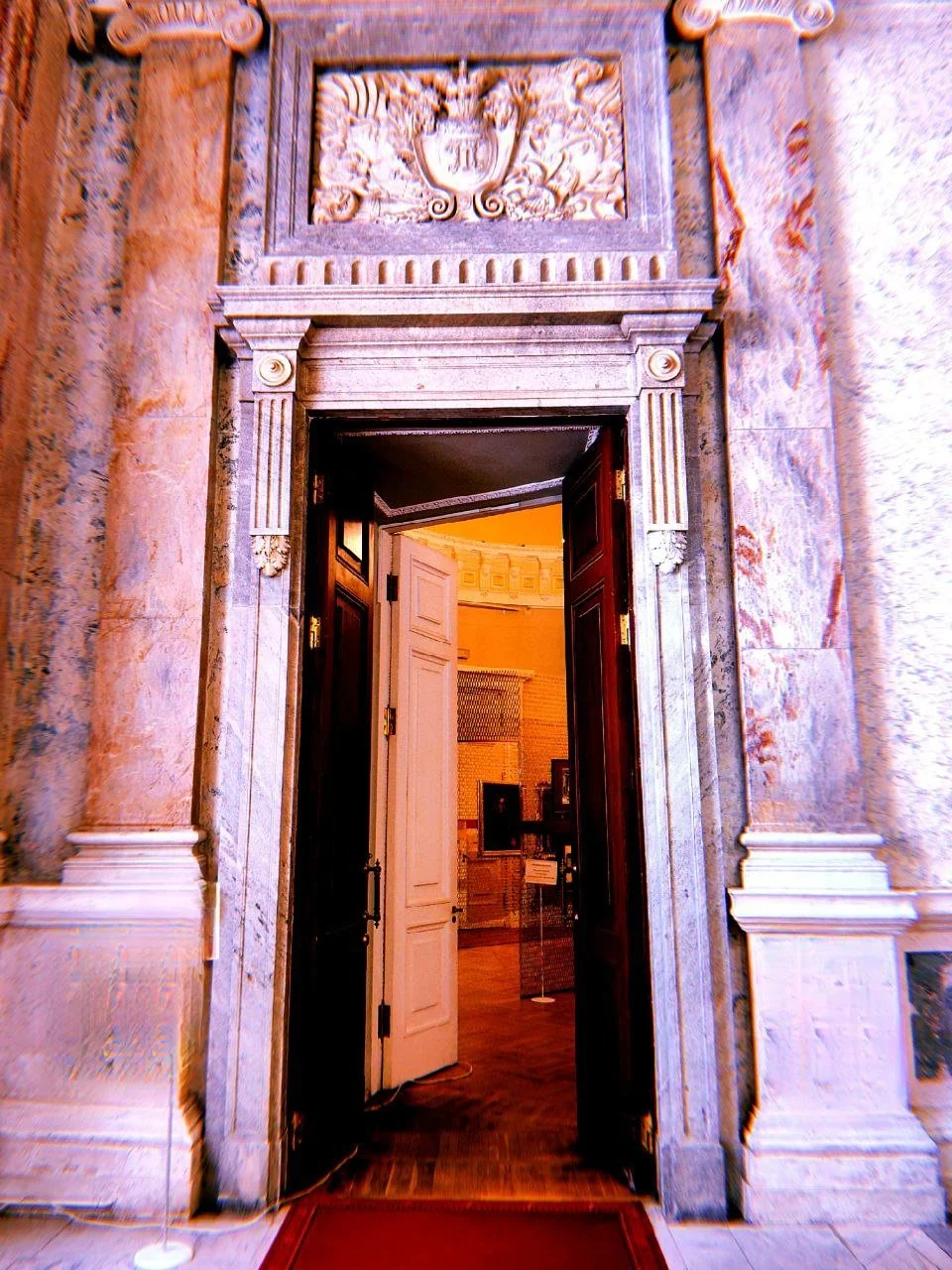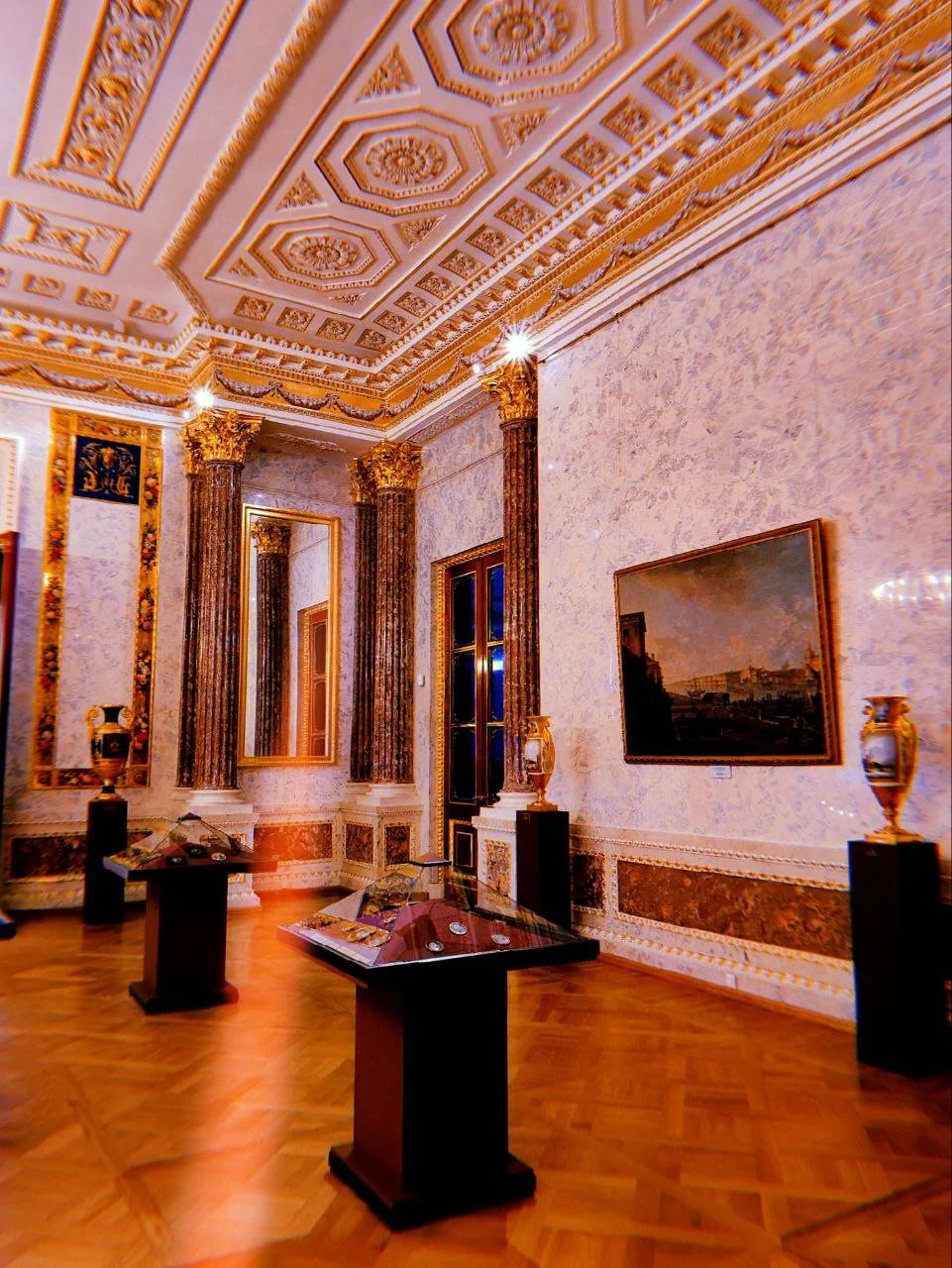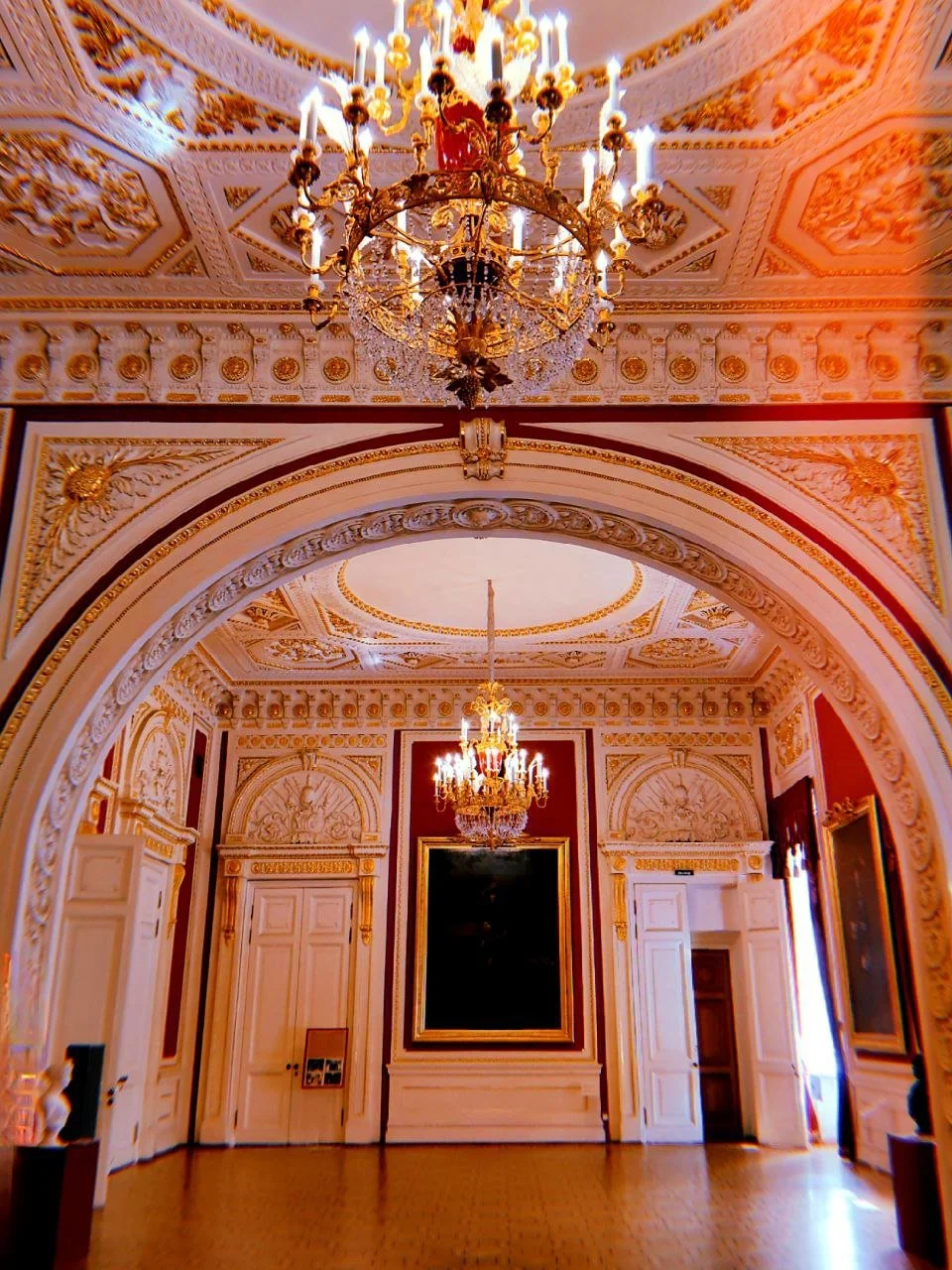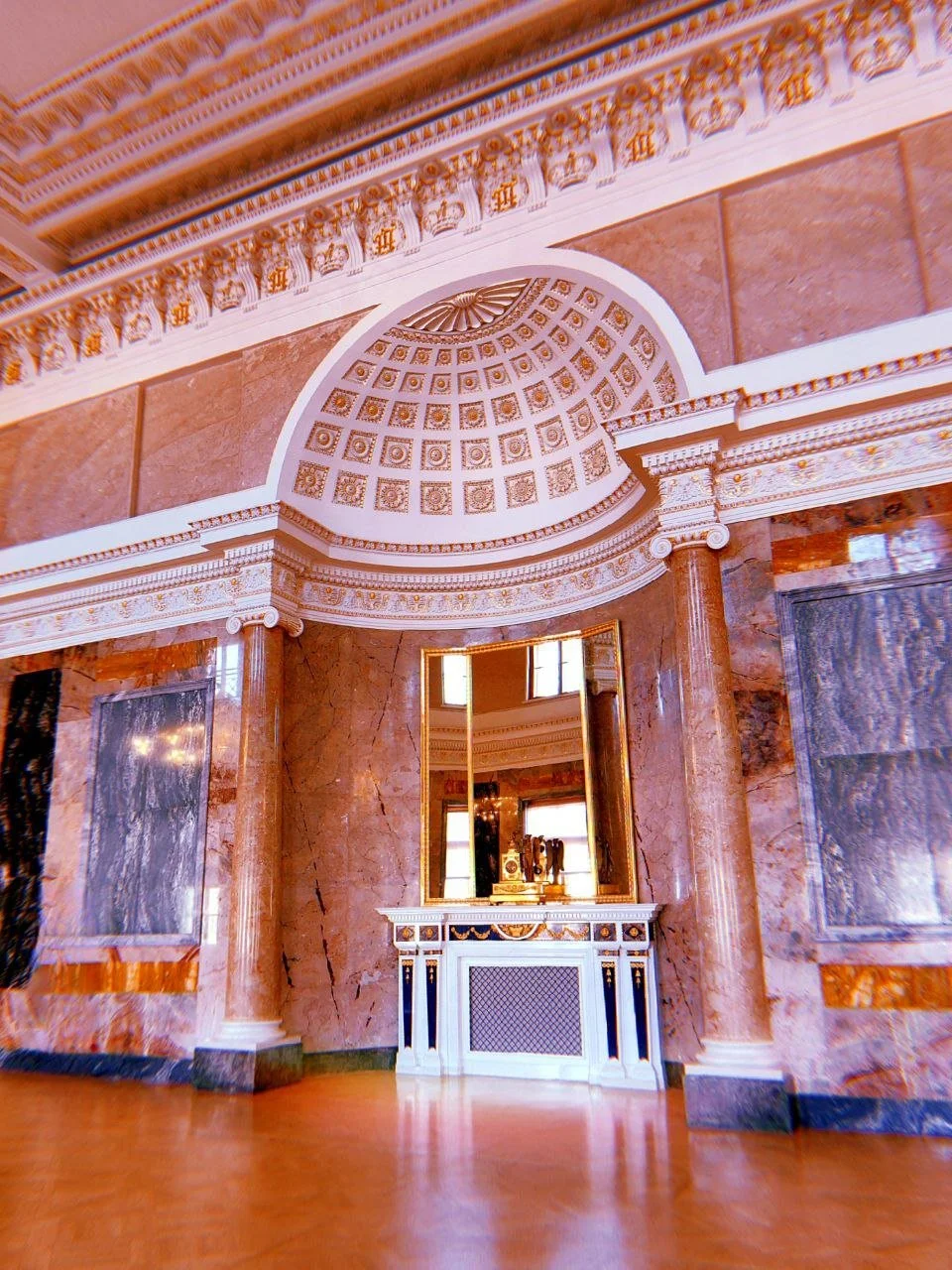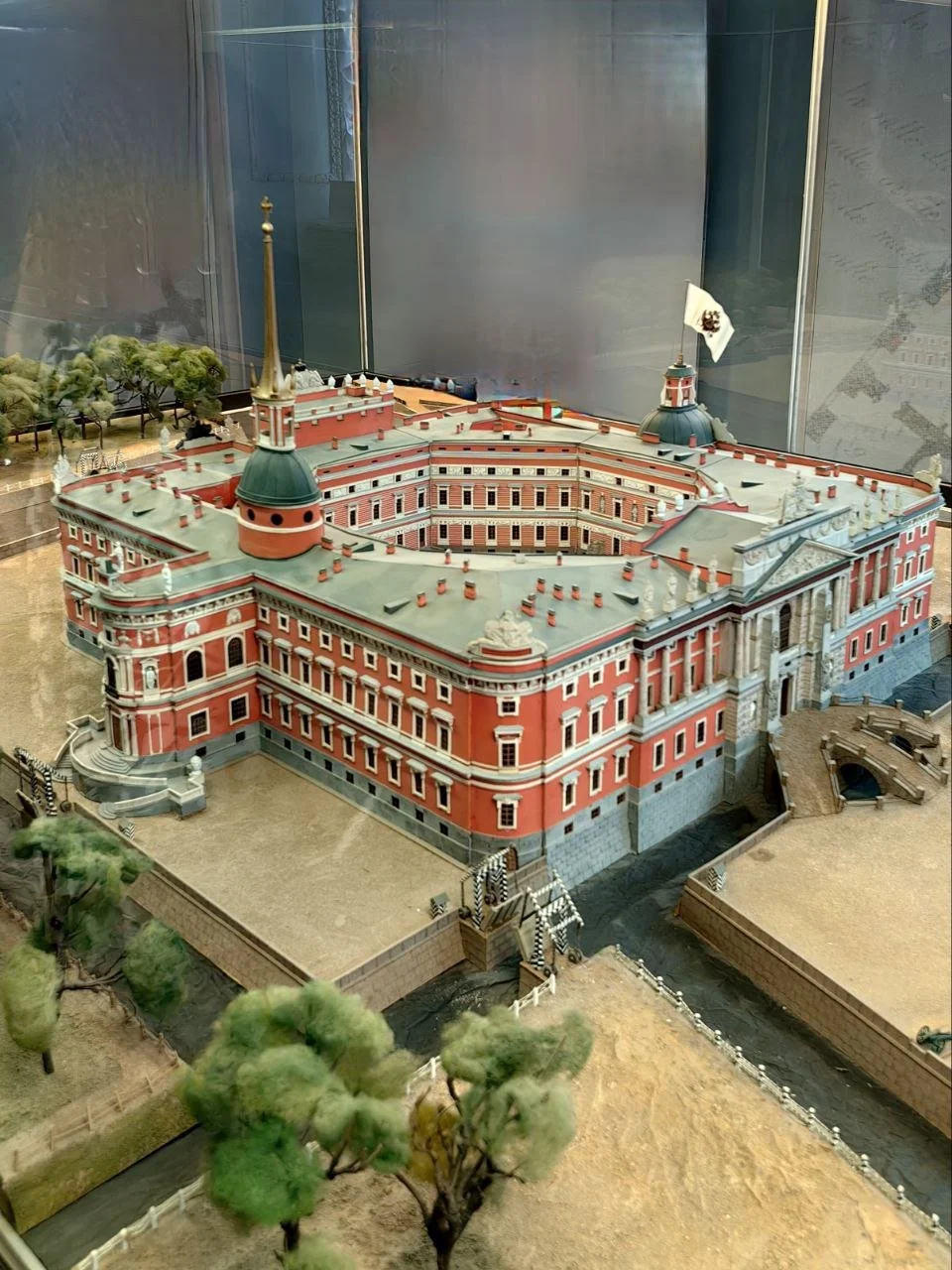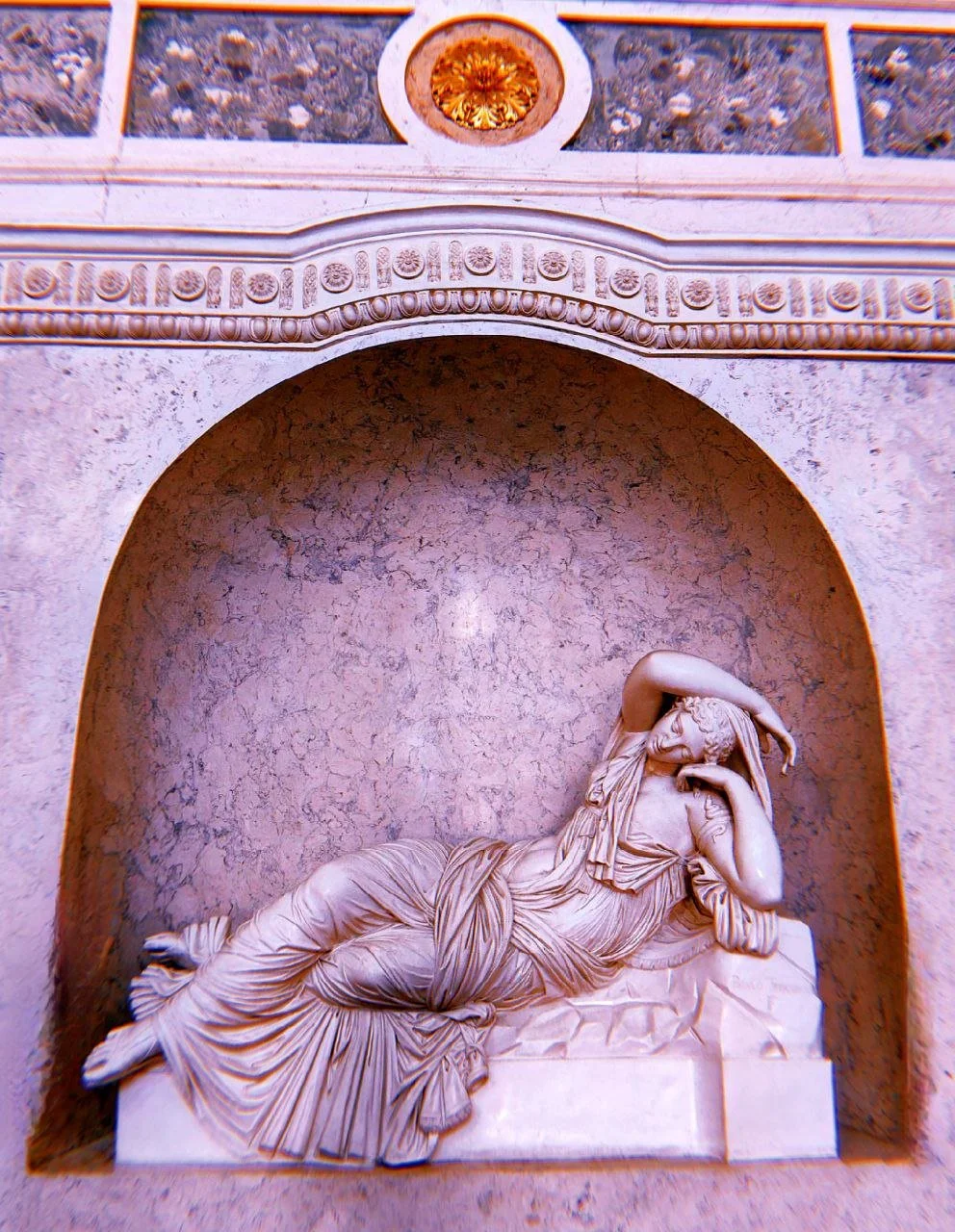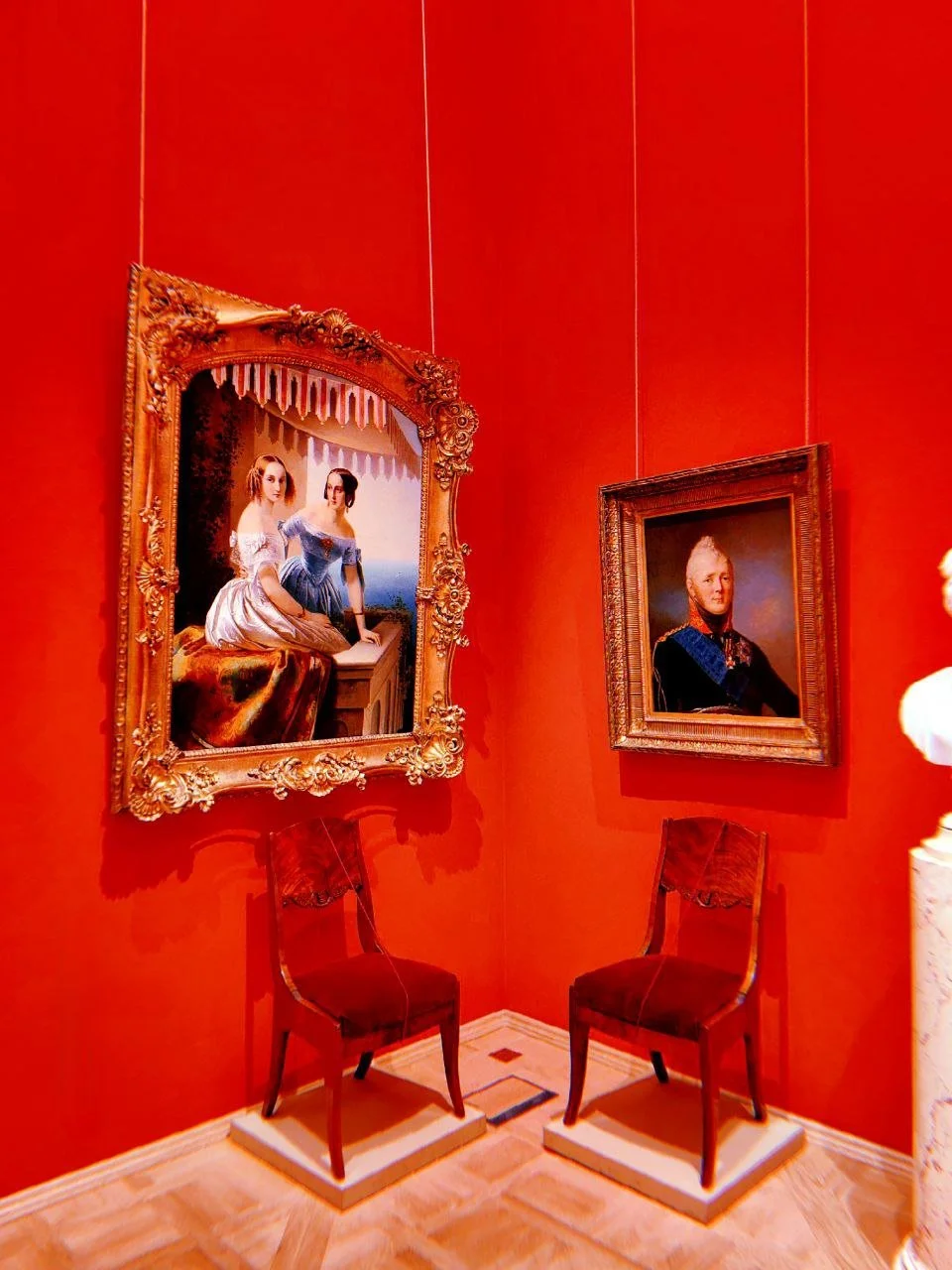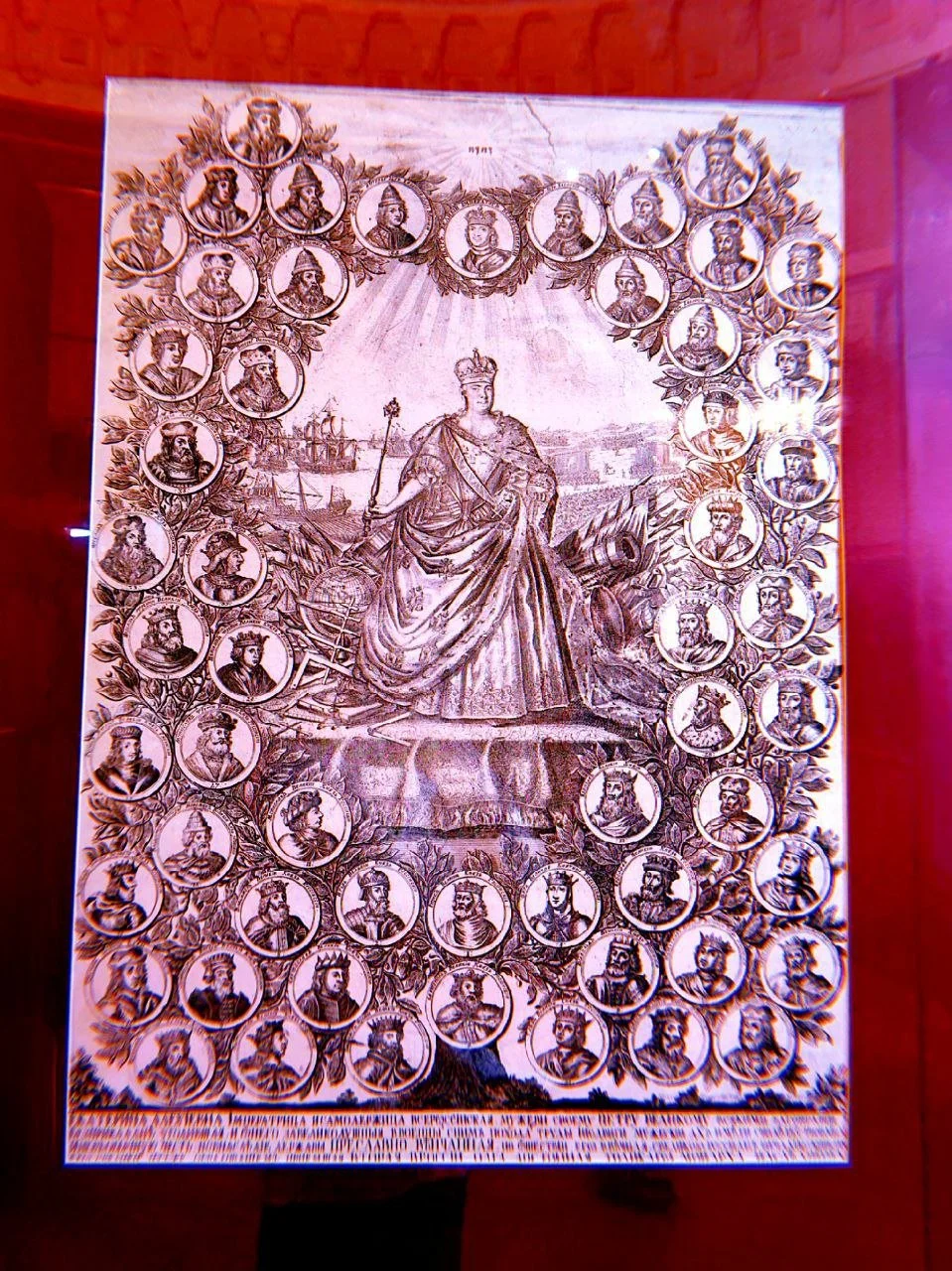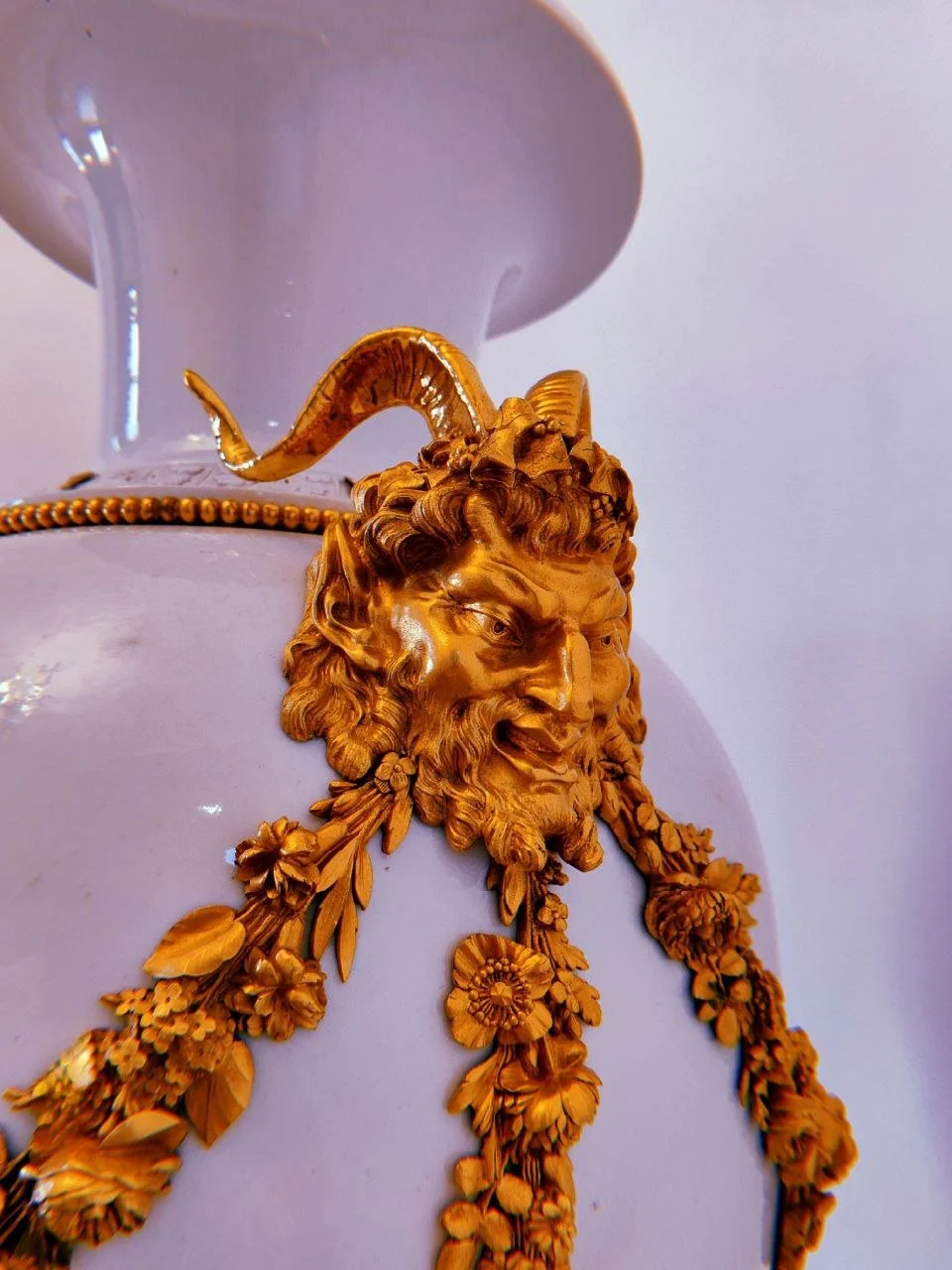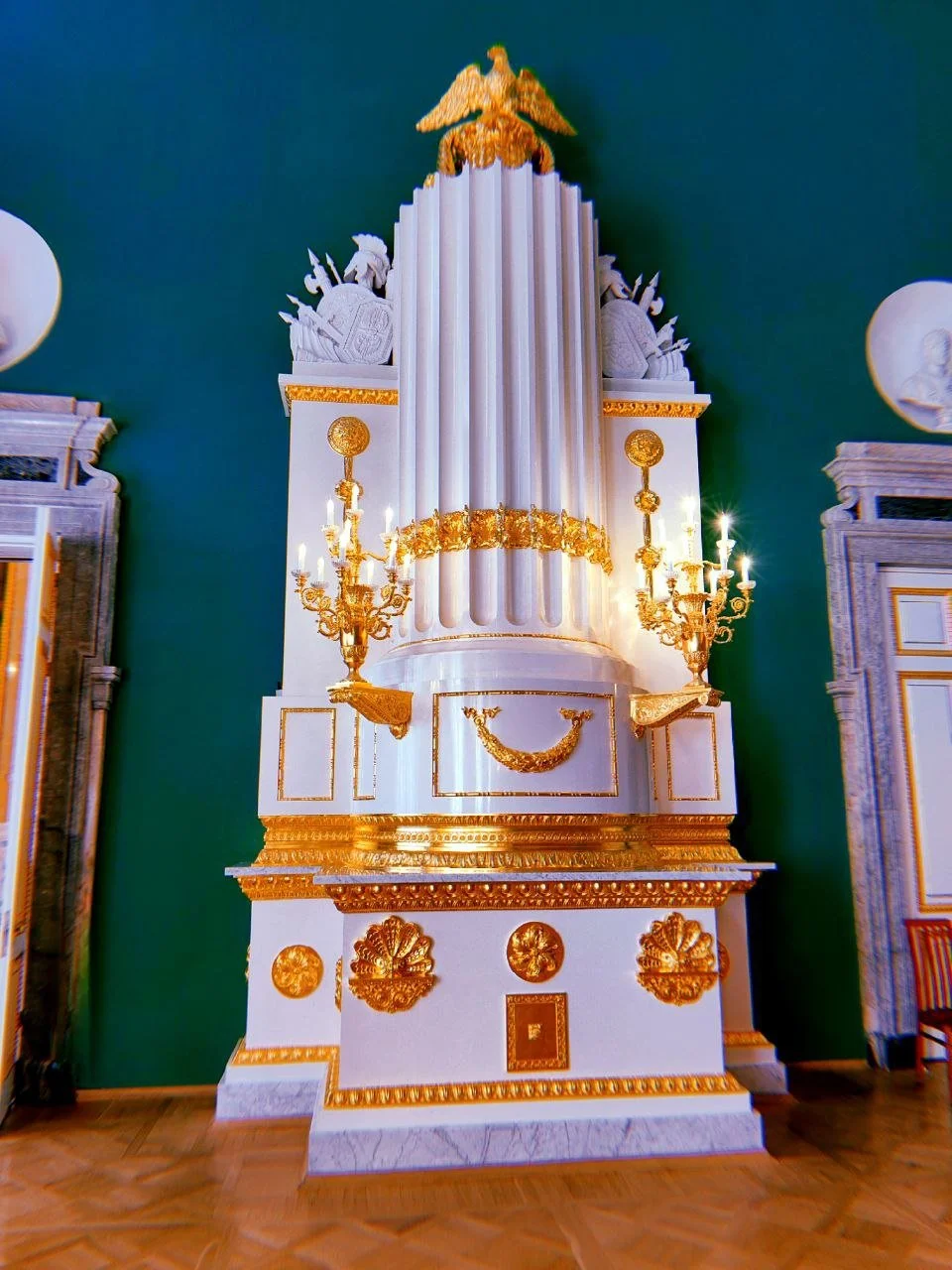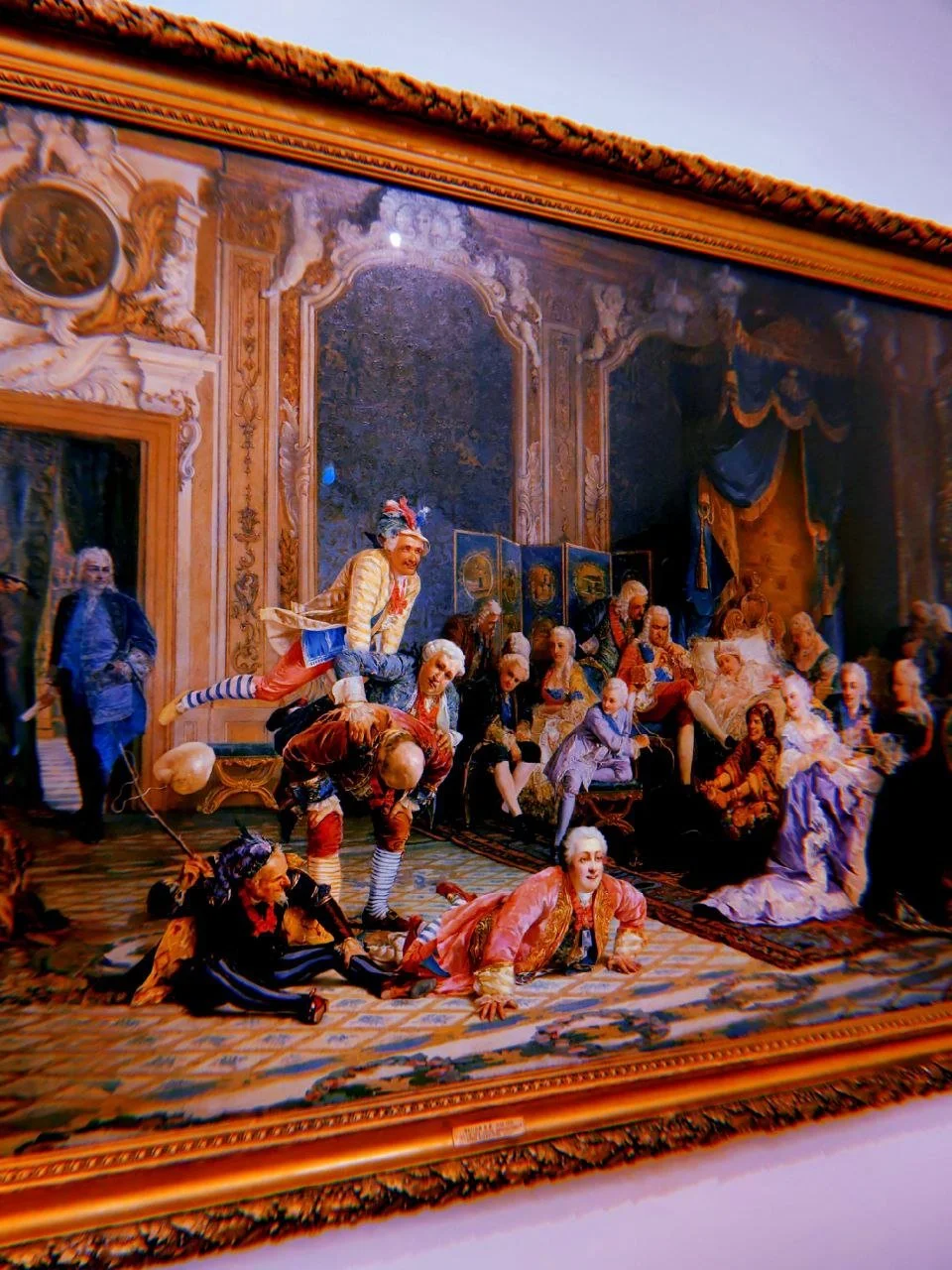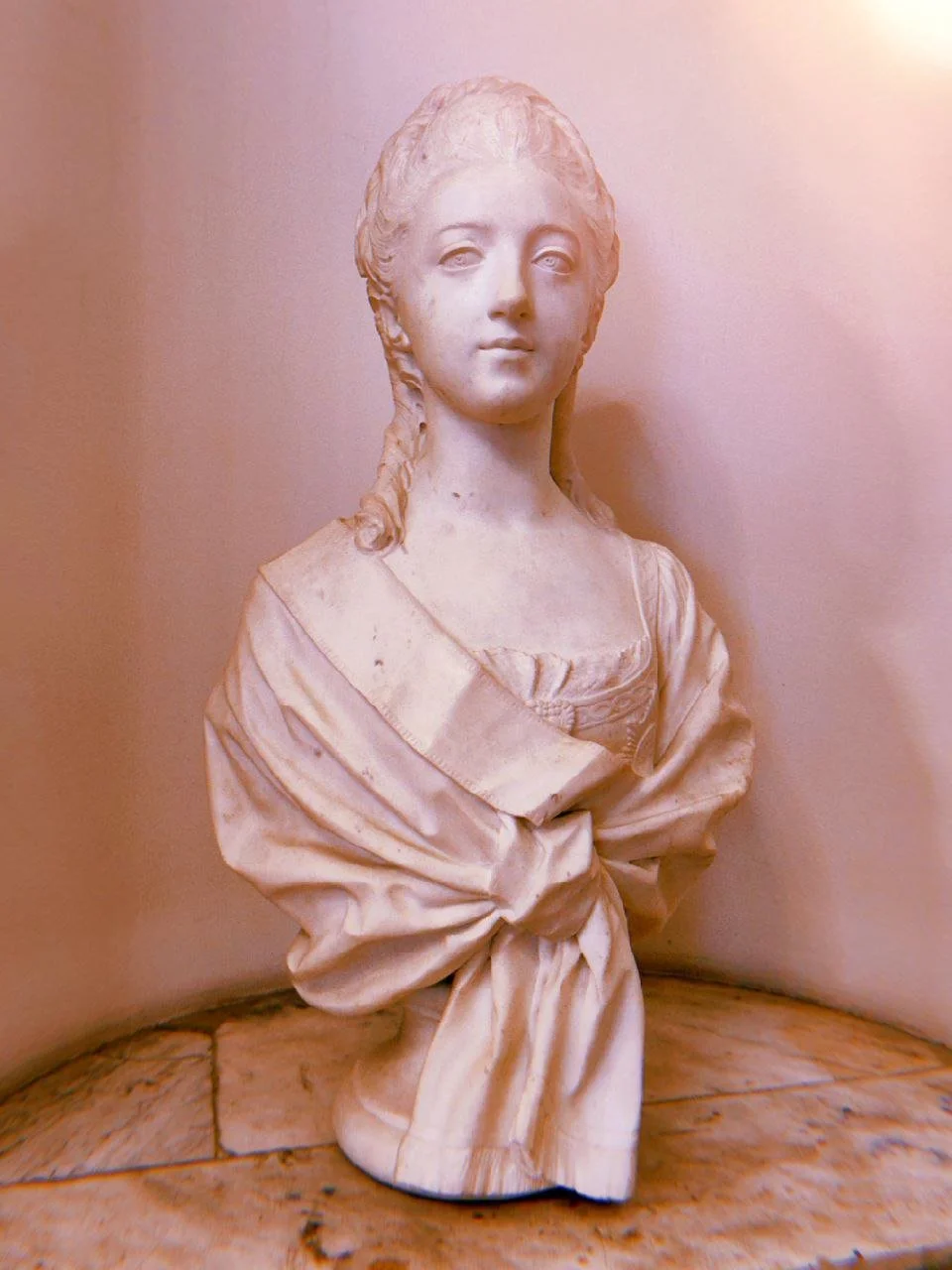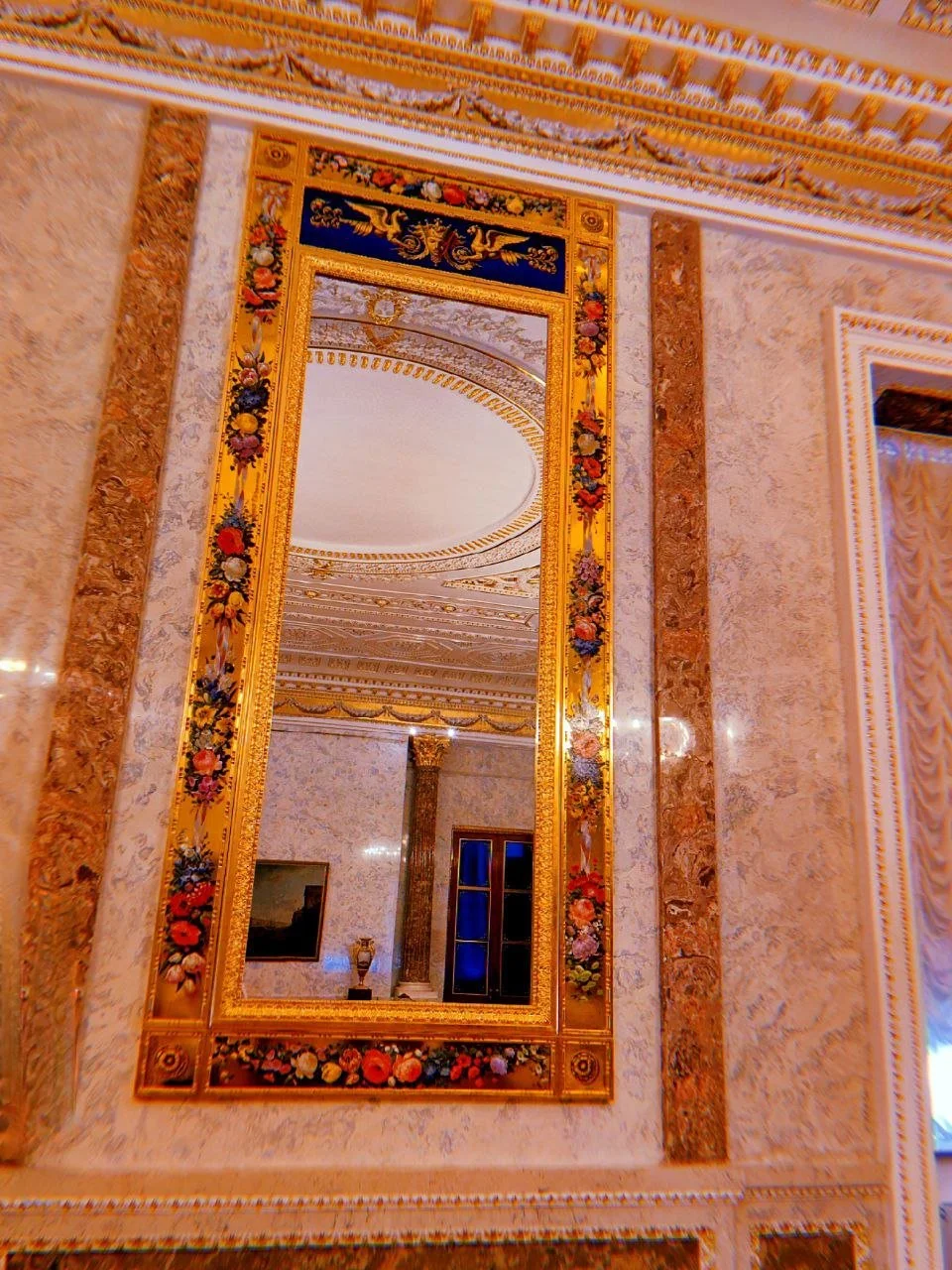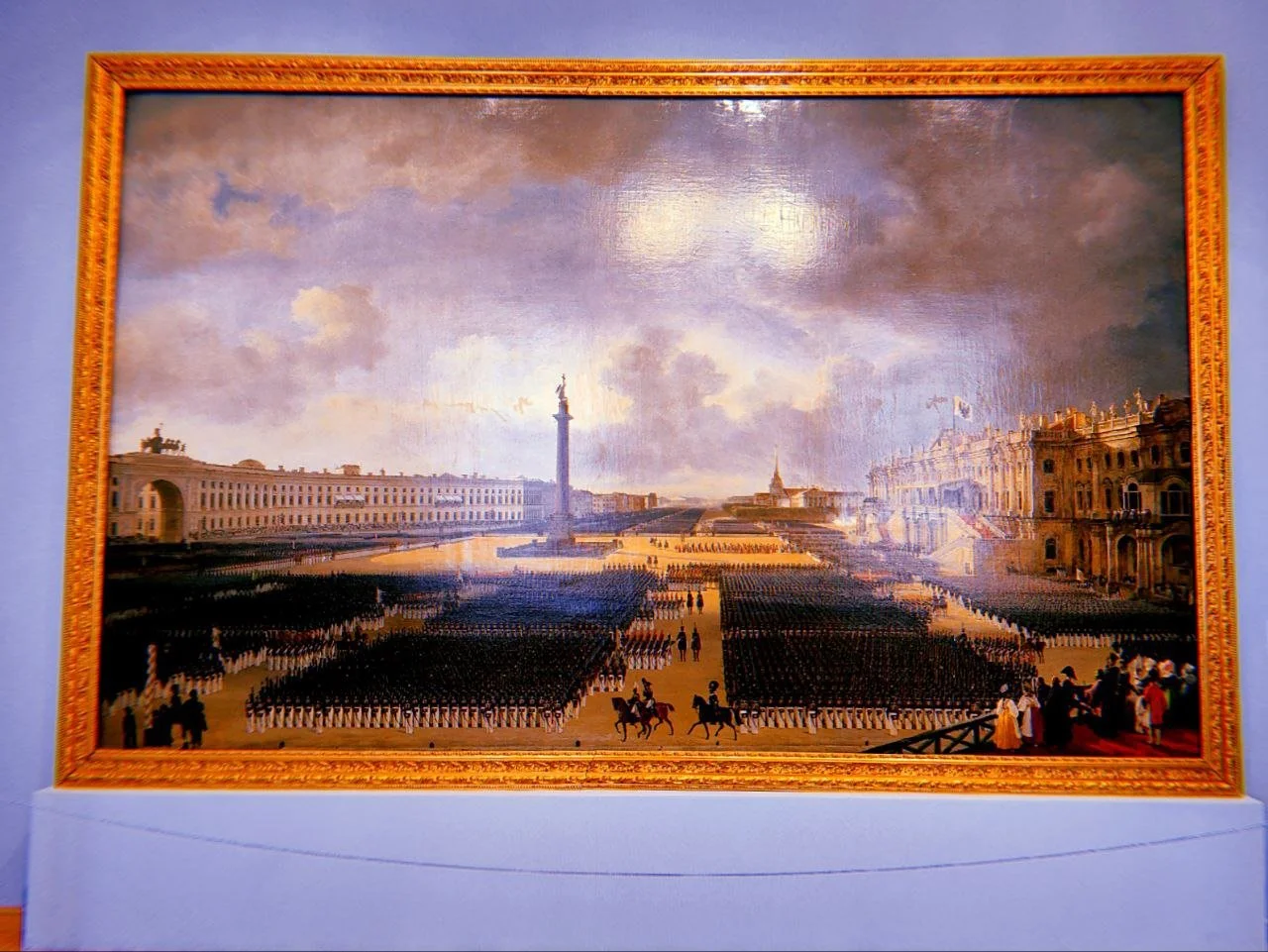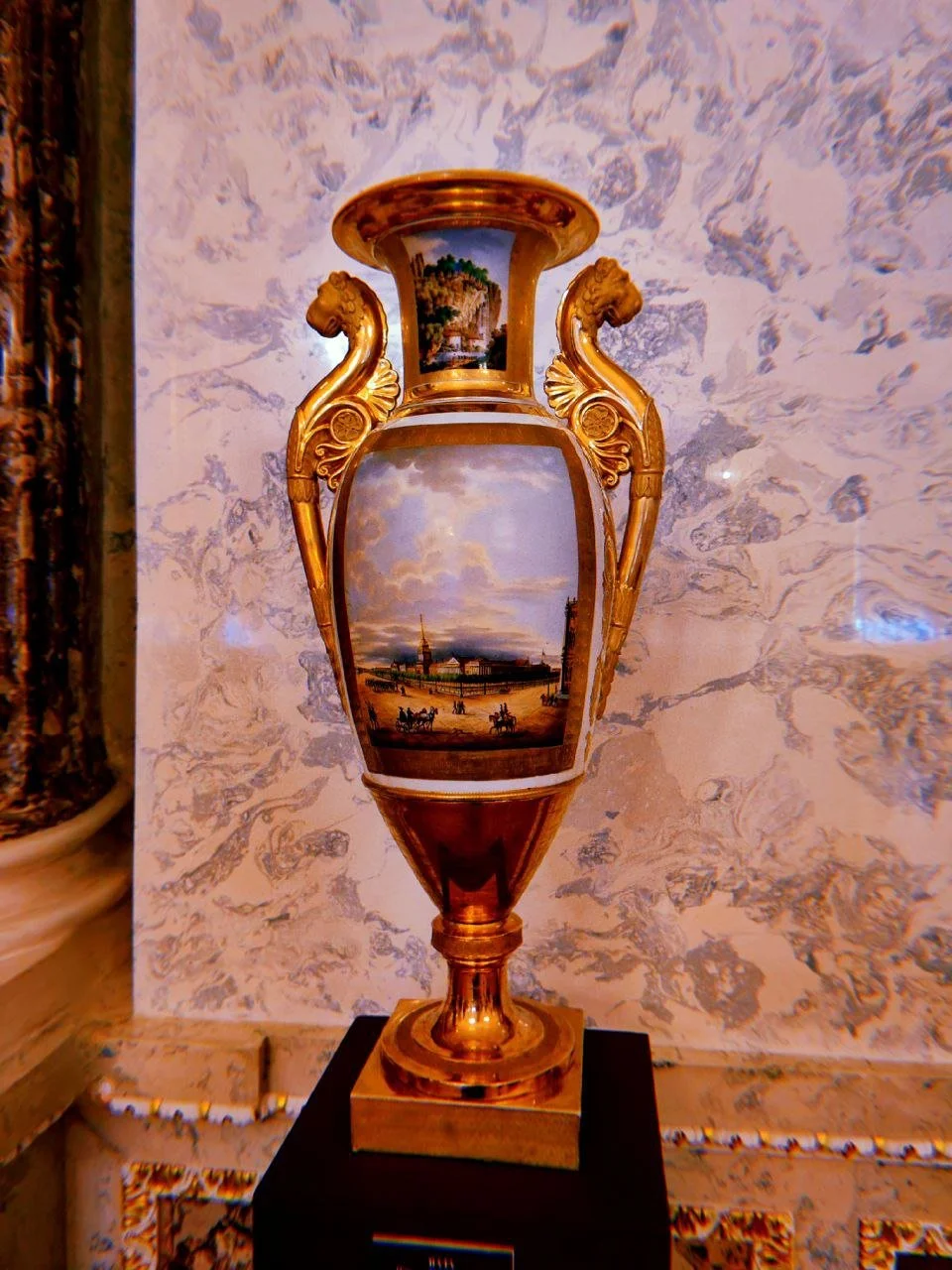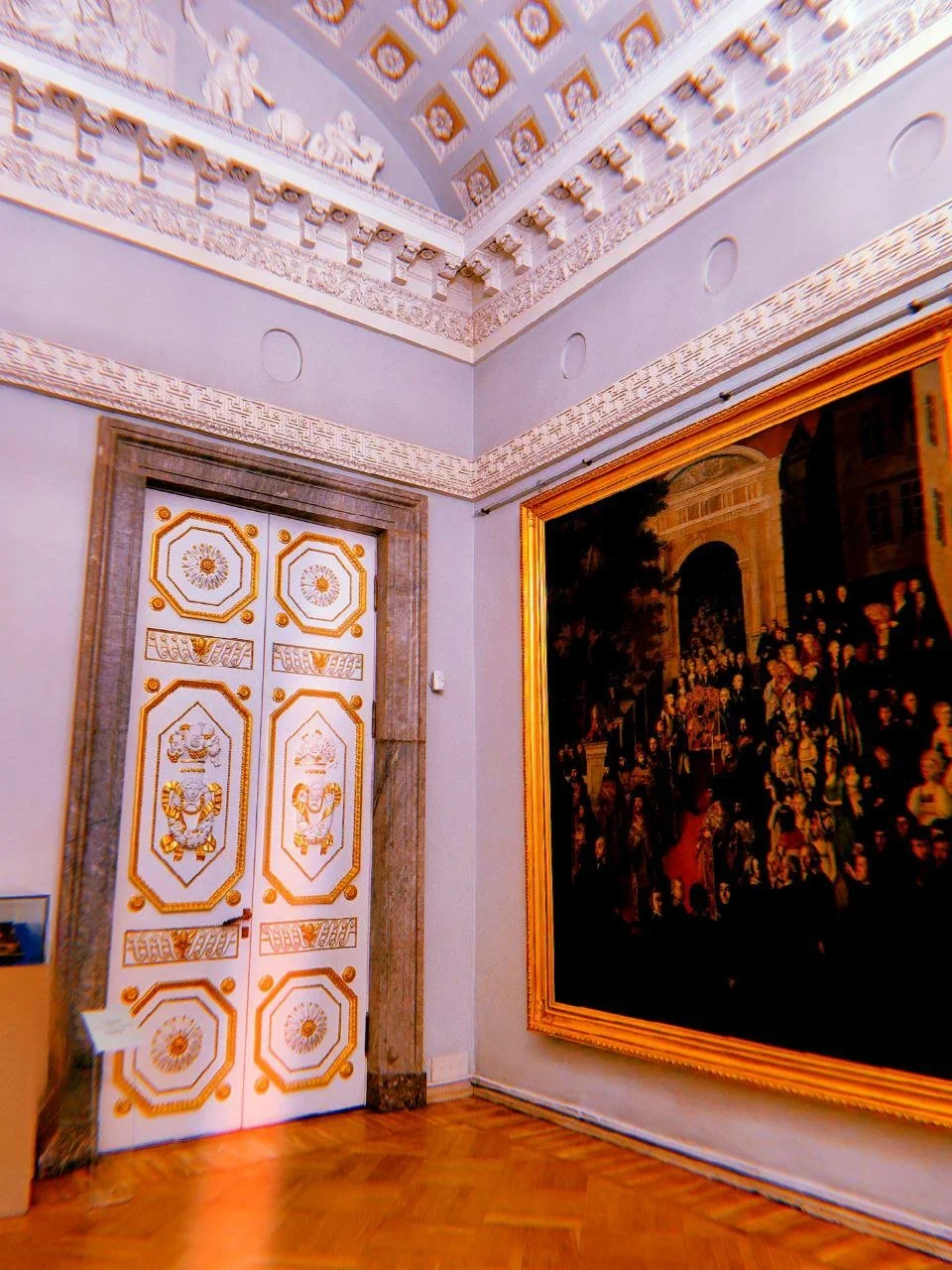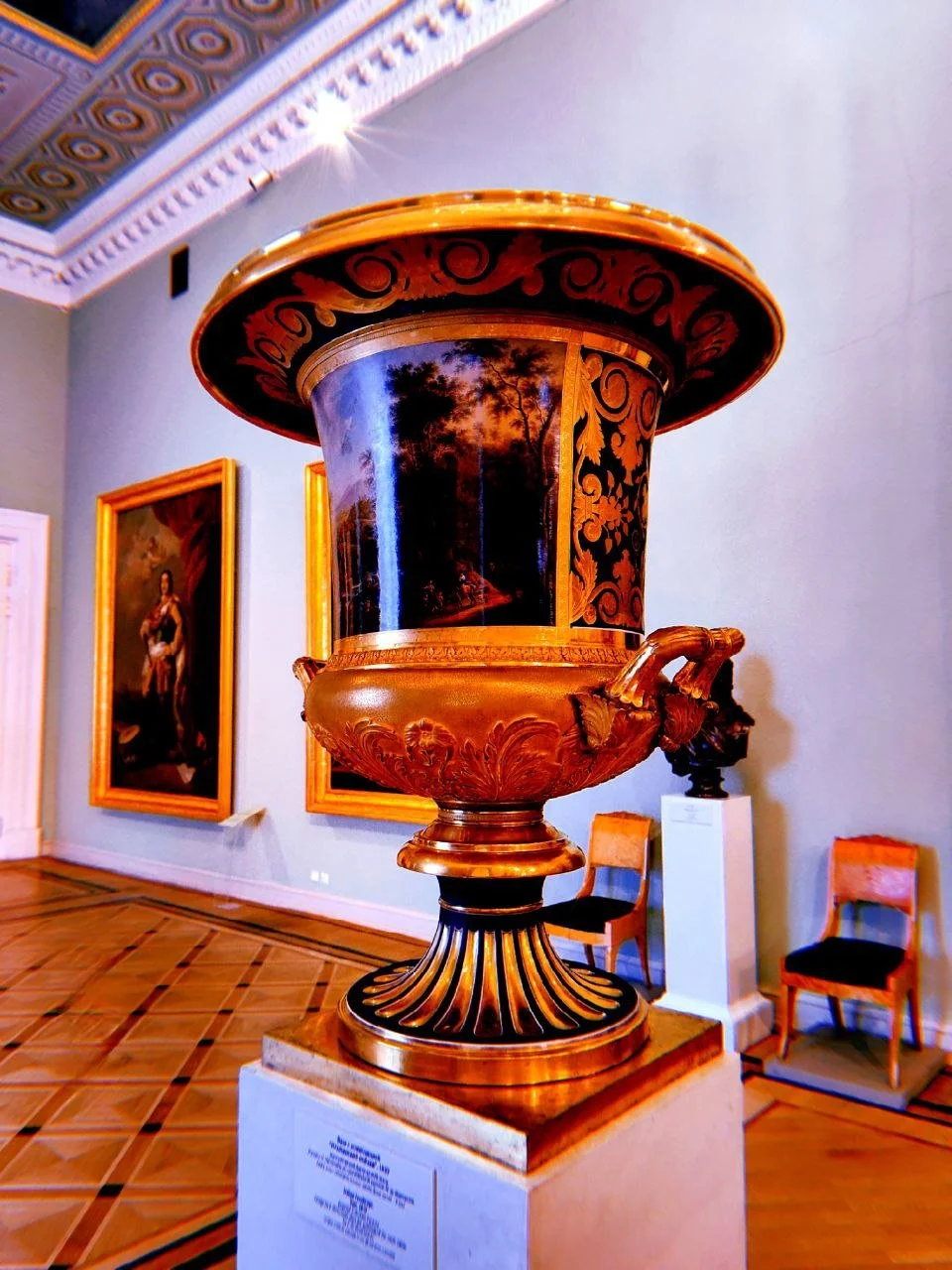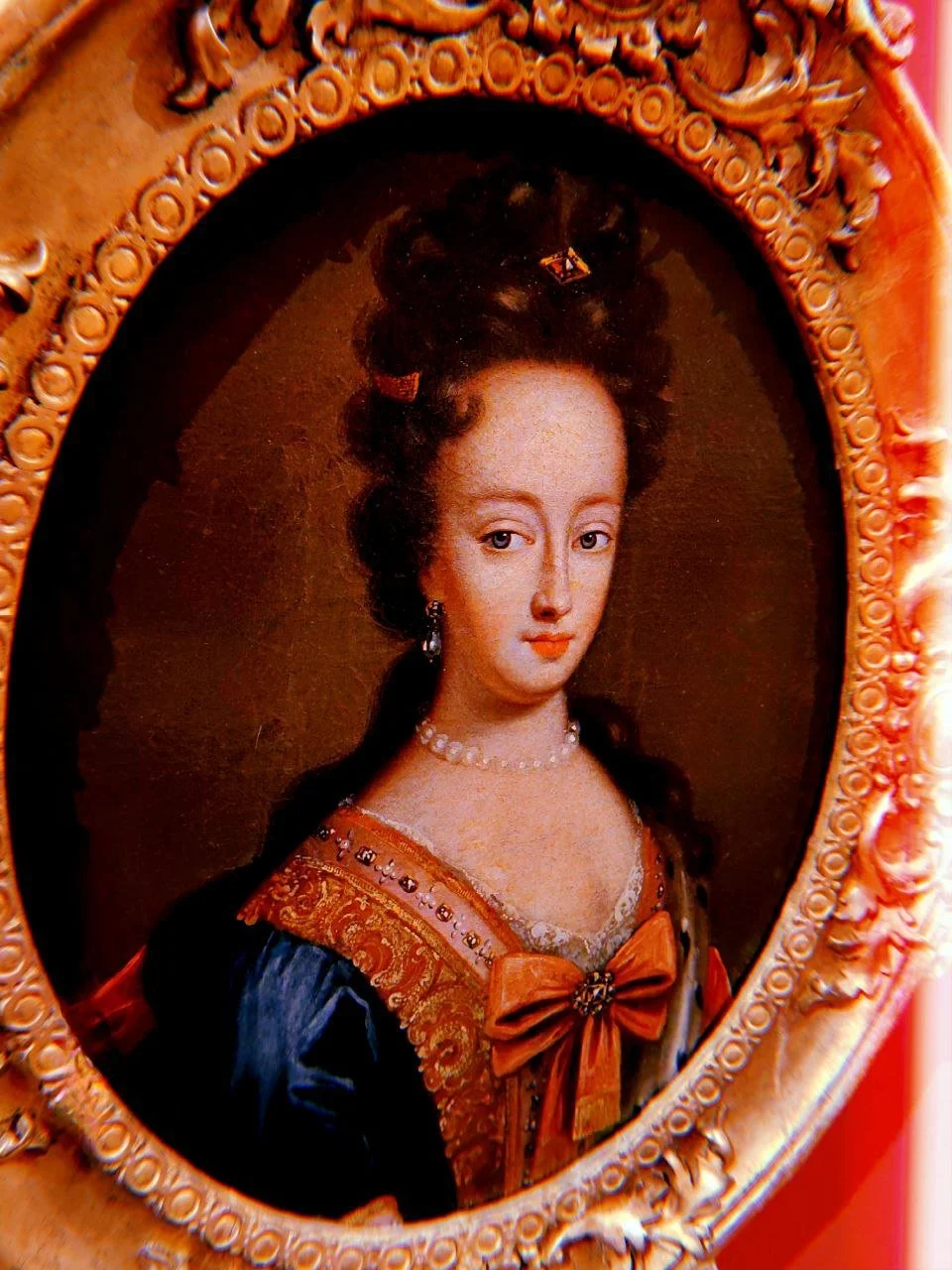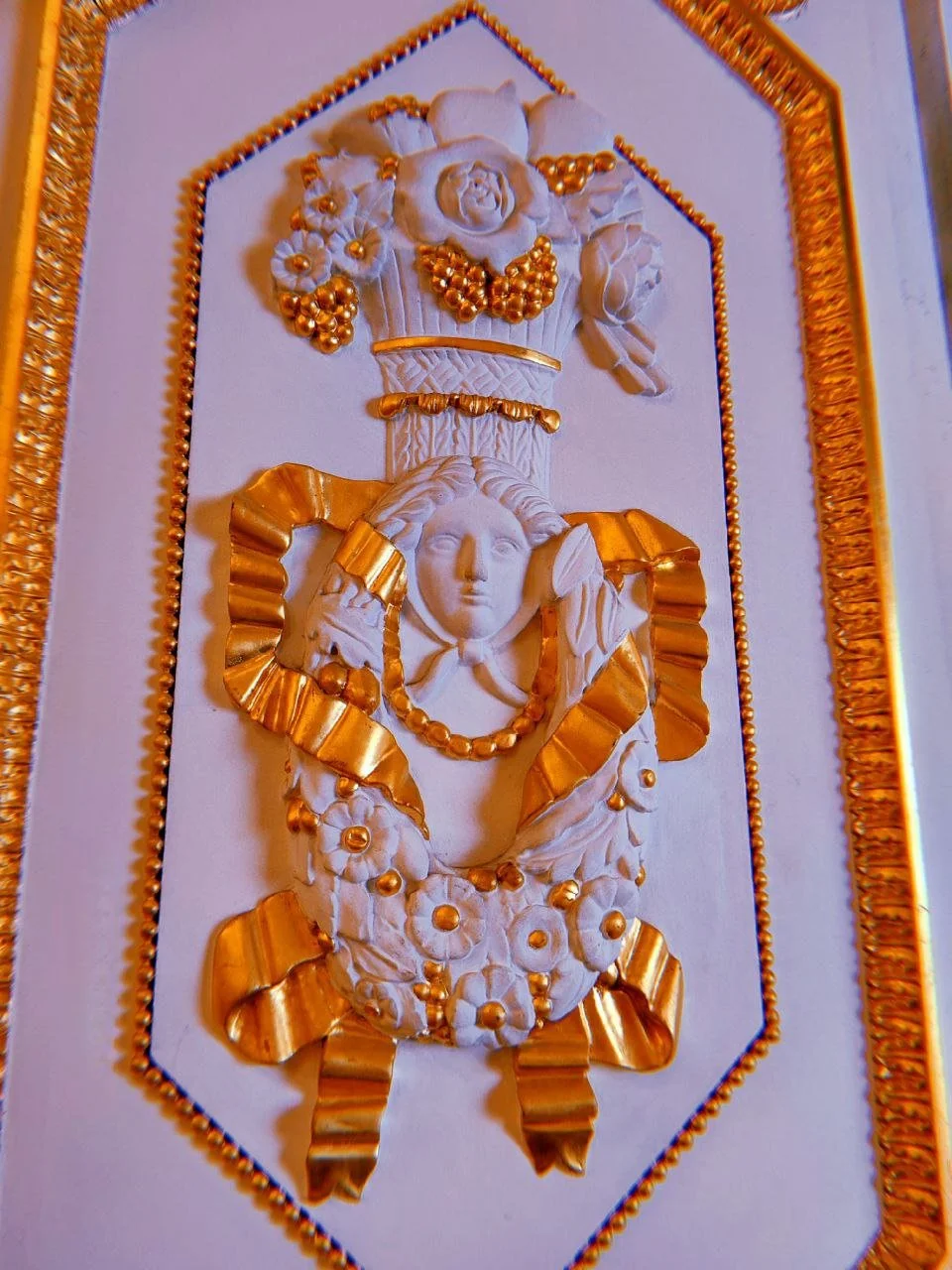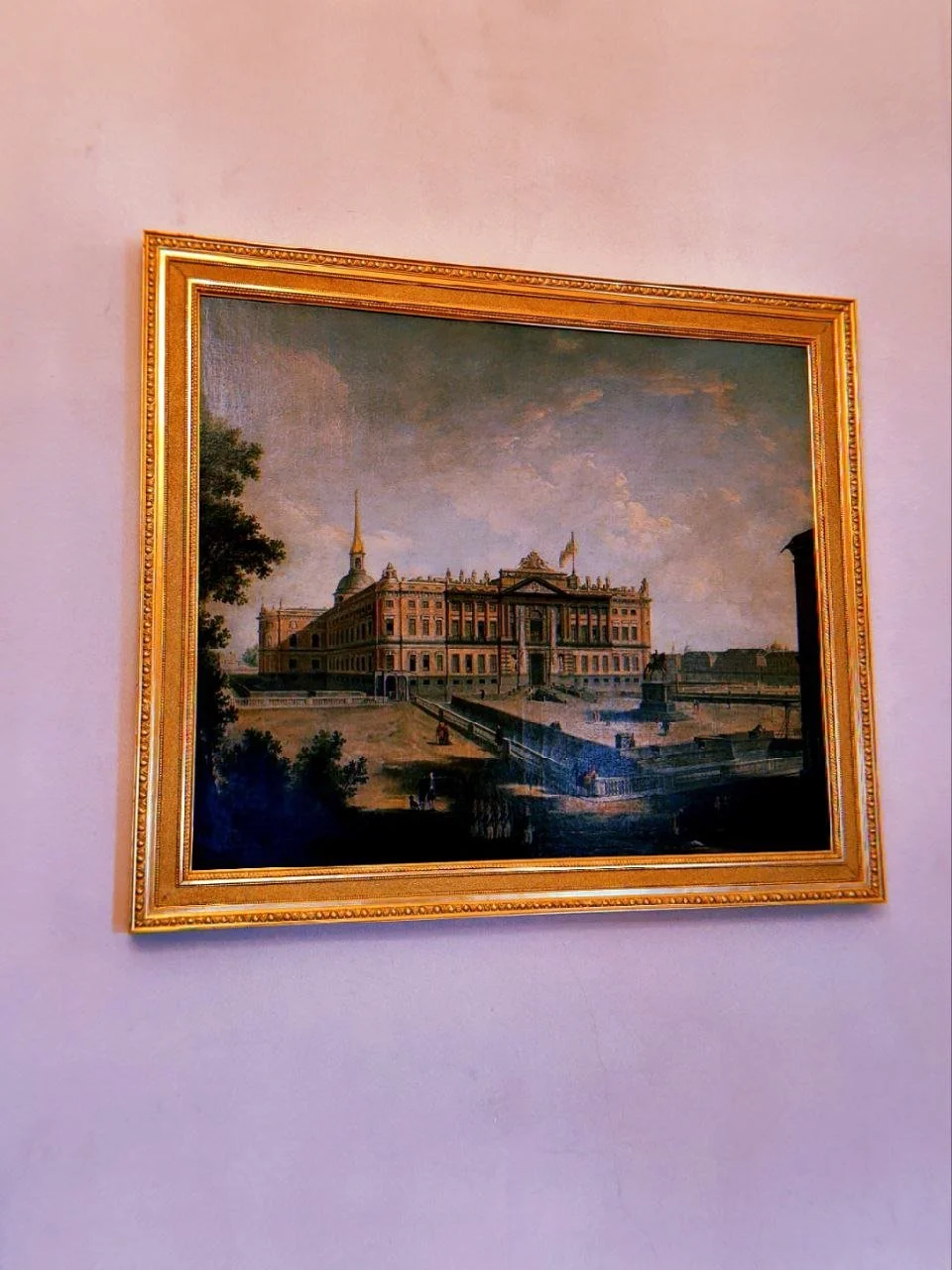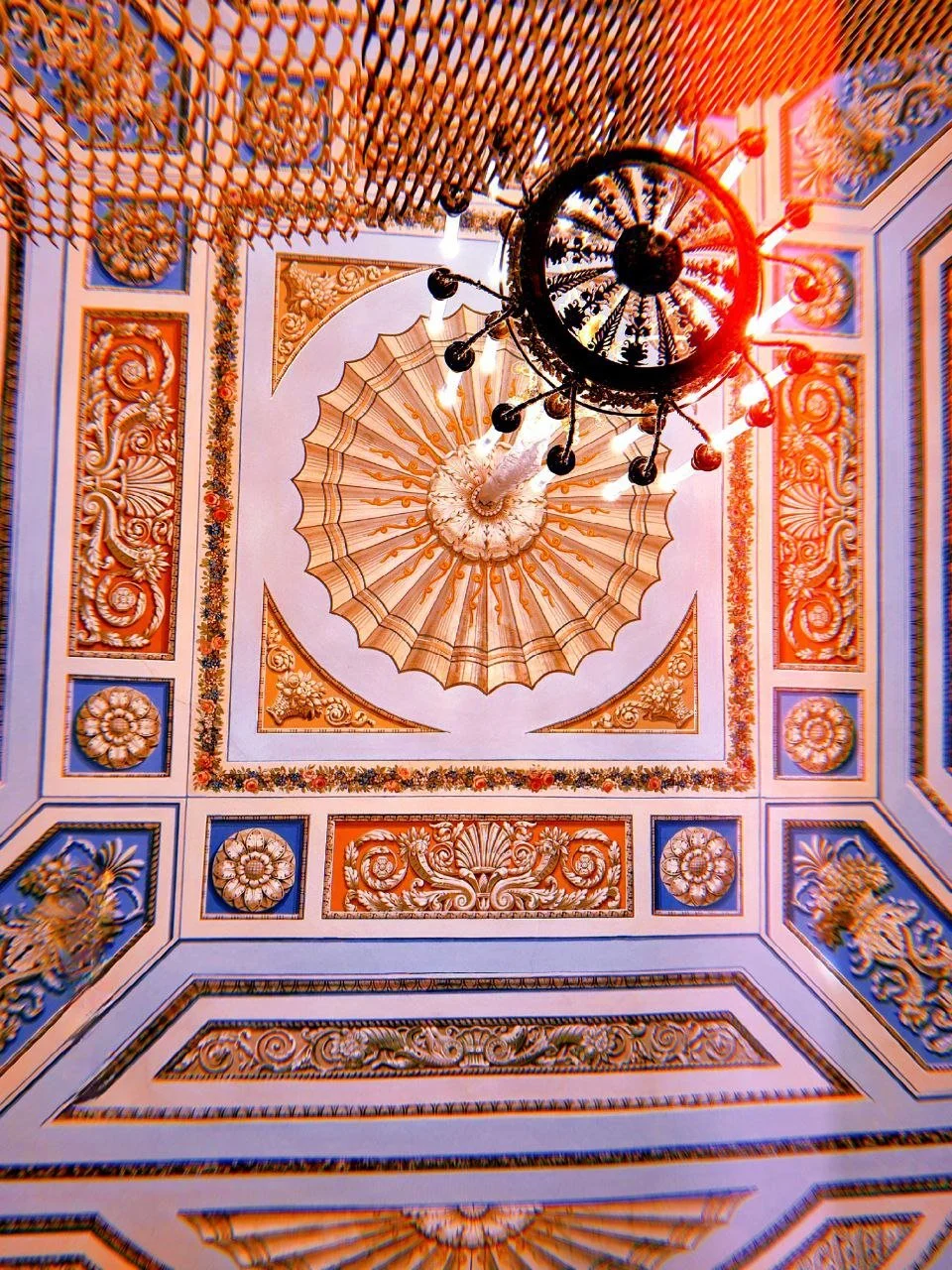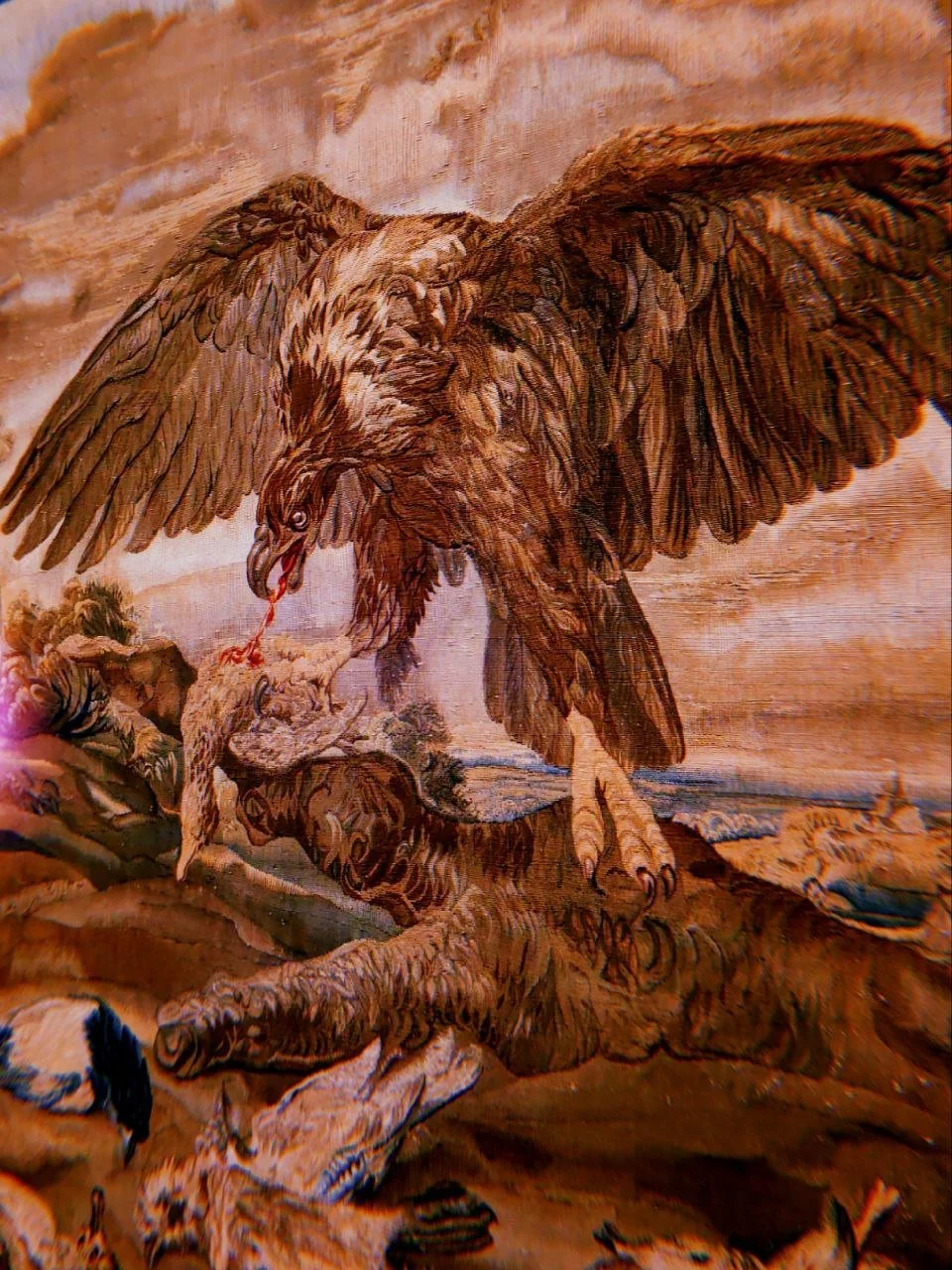The Mikhailovsky Castle
In my exploration of the most beautiful palaces in Saint Petersburg, today we will travel to a palace with not only atypical architecture but also with a bloody history, as it is often the case, in a monarchical lineage.
History
Being a part of the Russian Museum, The Mikhailovsky Castle has an atypical and dramatic story linked to Emperor Paul I, son of Catherine the Great. After overthrowing her husband Peter III, Catherine gained access to the Russian Imperial throne, from which she ruled until her death in 1796. Paul, her son, should have taken over the mantle of power, but neither the nobility nor the royal guards liked or respected him.
Living his life in constant fear of assassination, he ordered to be built in 1797, as soon as possible for him, a fortified palace. This castle, surrounded by deep ditches, is what we know today as Mikhailovsky Castle and took only three years to build. Vasily Ivanovich Bazhenov and Vincenzo Brenna were the architects on this project. His name was given in honor of St. Michael's, according to a legend, about a soldier's vision of the Archangel Michael guarding the castle alongside him.
It didn't help Paul, who only lived there for 40 days and was murdered in his own bedroom by conspirators at his son's request in 1801.
It became known as the Engineer's Castle only later, when it was used for the Army Engineers School in 1823. Many prominent Russians were lecturers or graduates of this academy, among them: writers Dostoevsky and Grigorovich, scientists Sechenov and Yablochkov, composer Kui and many others.
Those who ever lived or studied in the castle used to say that they repeatedly faced the ghost of Czar Paul. As a consequence, the palace received its other name, "The Haunted House".
Unusual Architecture
The new palace of the new Russian Emperor was not like any other royal residences.
It was a peculiar mixture of architectural styles with Gothic, French Classicist and Italian Renaissance elements, combining features of a medieval castle and secular European palace.
The palace was meant to be the main residence of the Imperial Family, filled with masterpieces of art like a real museum.
Today, the castle's exhibitions feature official portraits of the Russian Emperors and Empresses and various dignitaries and celebrities from the late 17th to the early 20th centuries.
The façade walls are painted in an orange-reddish color, which was rather original for the time. Behind this color, there are two legends. The paint color was inspired at a ball by the color of one glove of Anna Gagarina (future favourite) which was dropped, picked by the emperor, and admired. According to other versions, this is the color of the Malthusian Order.
In front of the St. Michael’s Castle, stands the bronze monument to Peter I by Rastrelli, and in the inner octagonal courtyard of the castle, stands his founder, Emperor Paul.
The four façades of St. Michael's Castle are decorated in different ways.
The northern façade, facing Moika, offers an open terrace with a marble colonnade and a wide staircase decorated with statues of Hercules and Flora.
The southern façade, is a monumental entrance made with columns.
Toward the garden of the Mikhailovsky Palace, the façade of the palace offers a view of a church
Let's come inside !
The part of the castle that welcomes the public and reveals the beauty of the residence is on the second floor.
The first floor is mainly dedicated to a few temporary exhibitions and presents vast but sober rooms.
I was surprised not to see any bedrooms, but the castle, having been used later as a school, is accessible only on one wing. Discovering only part of such a beautiful estate is always a little frustrating, but in this case, the accessible rooms are of such vast and sumptuous beauty that it is more than enough.
Below you can admire the most beautiful rooms of the castle.
Saint Petersburg, being a city that never ceases to amaze with its historical and daily nuances, it is appreciated by the eyes and the heart.
But often we stop at the appearance without discovering the depth.
Each time, I am surprised at how fascinating it is to discover a monument from the inside.
I often walk past the Mikhailovsky Castle, but while visiting it, I again discover something new about this city—the history of the country and the richness of this culture.
